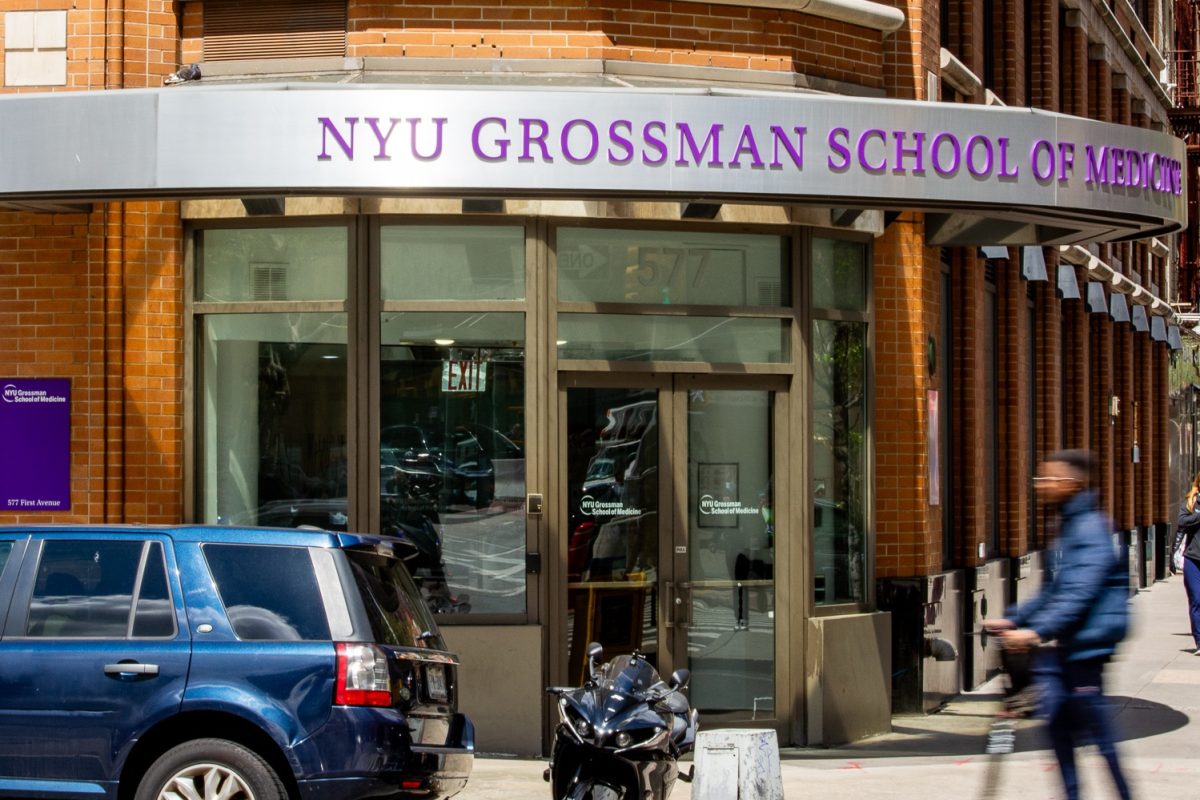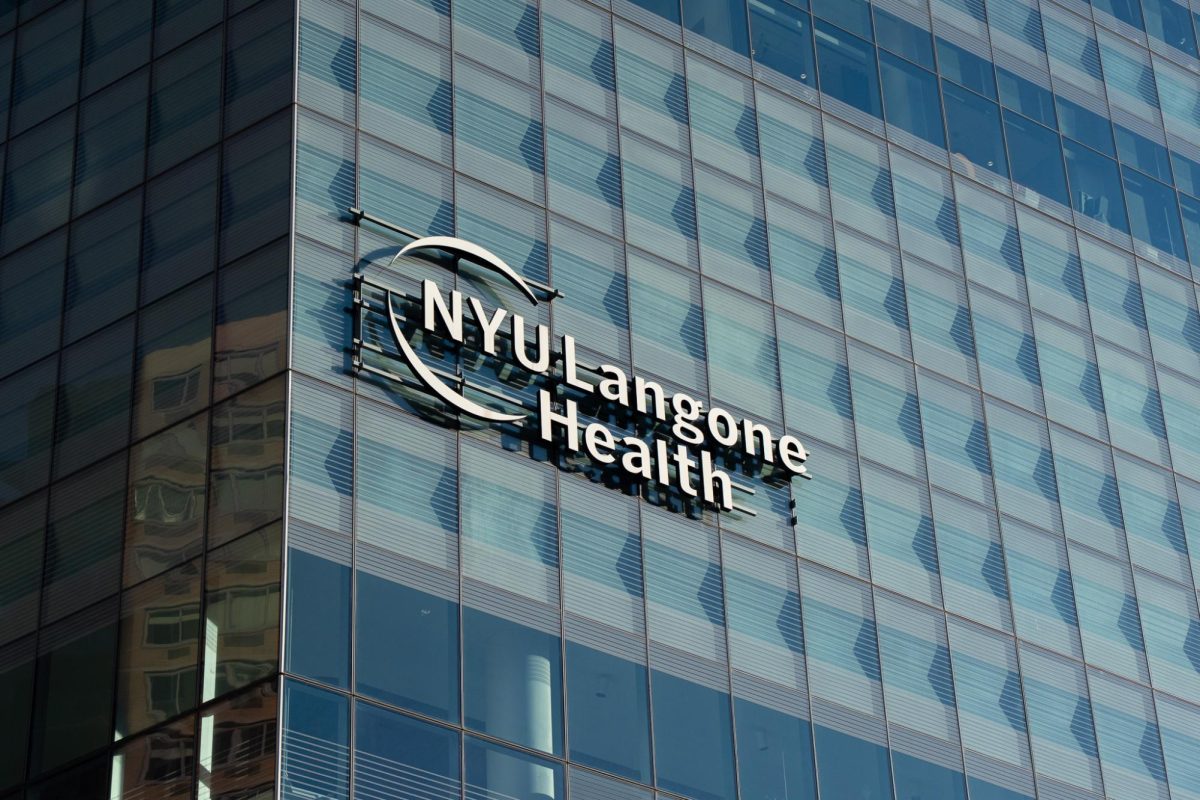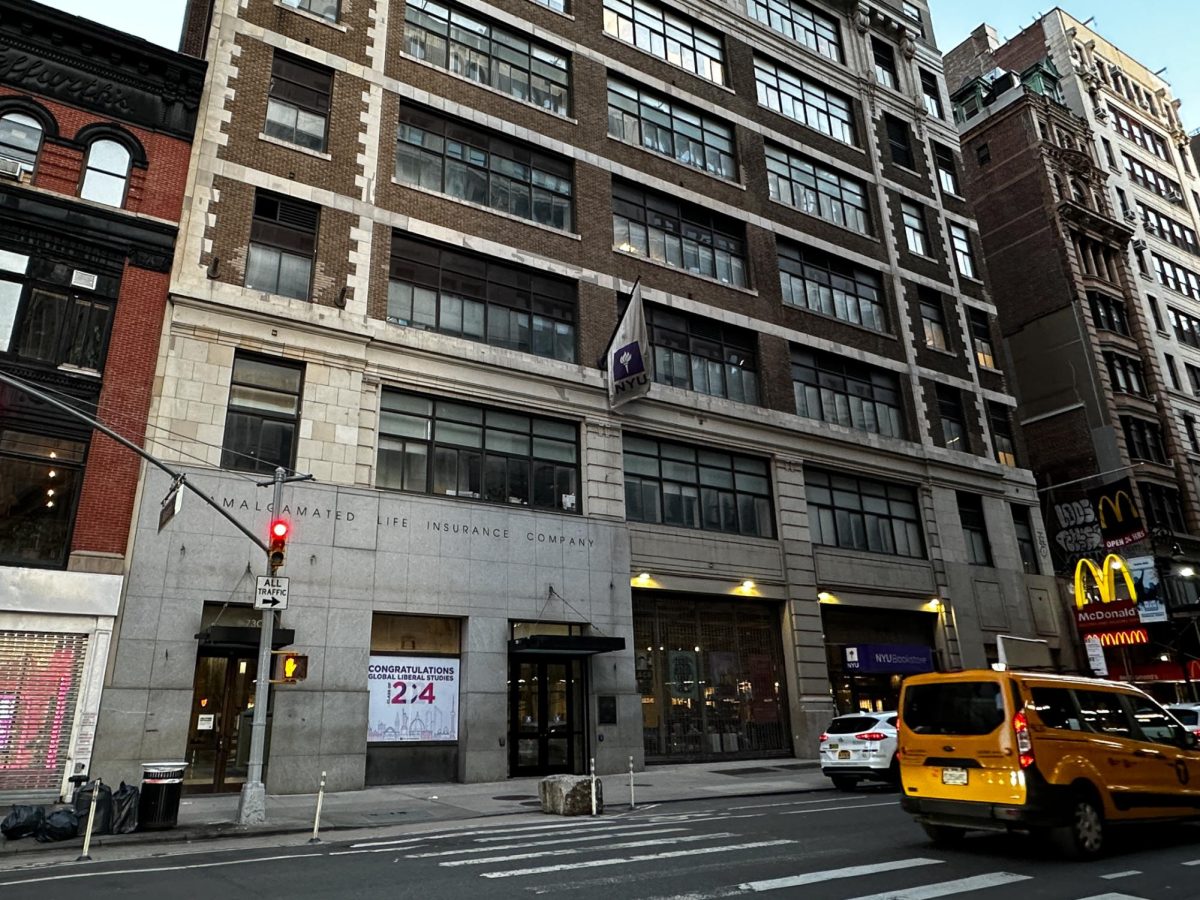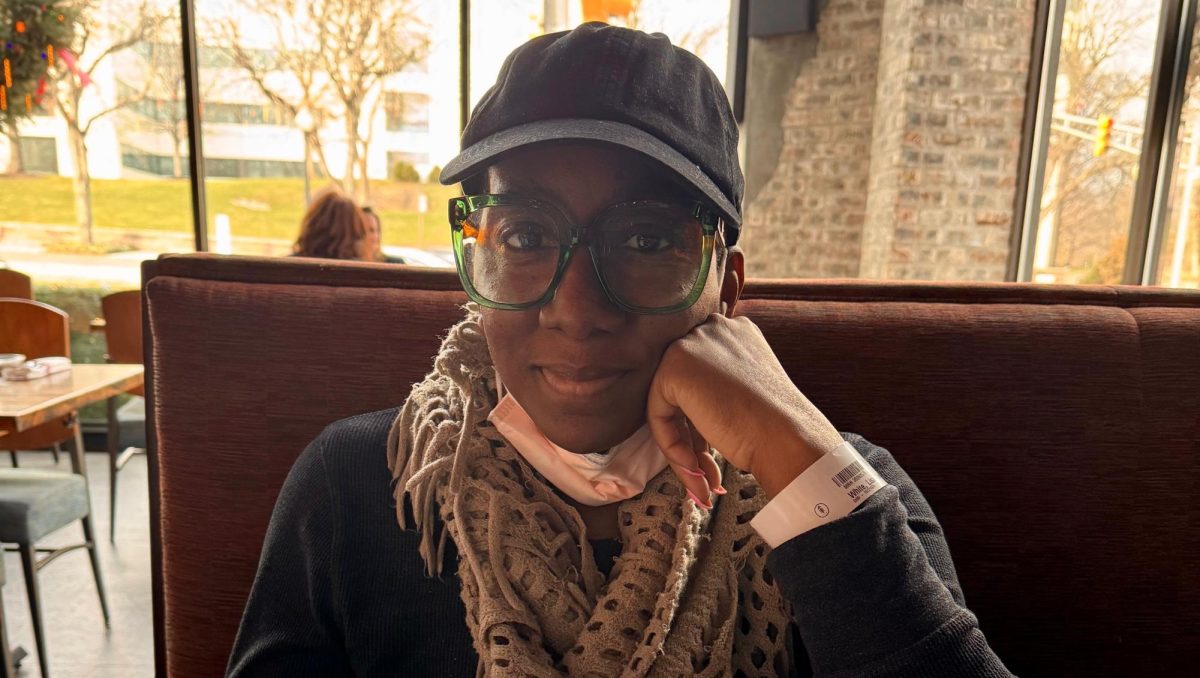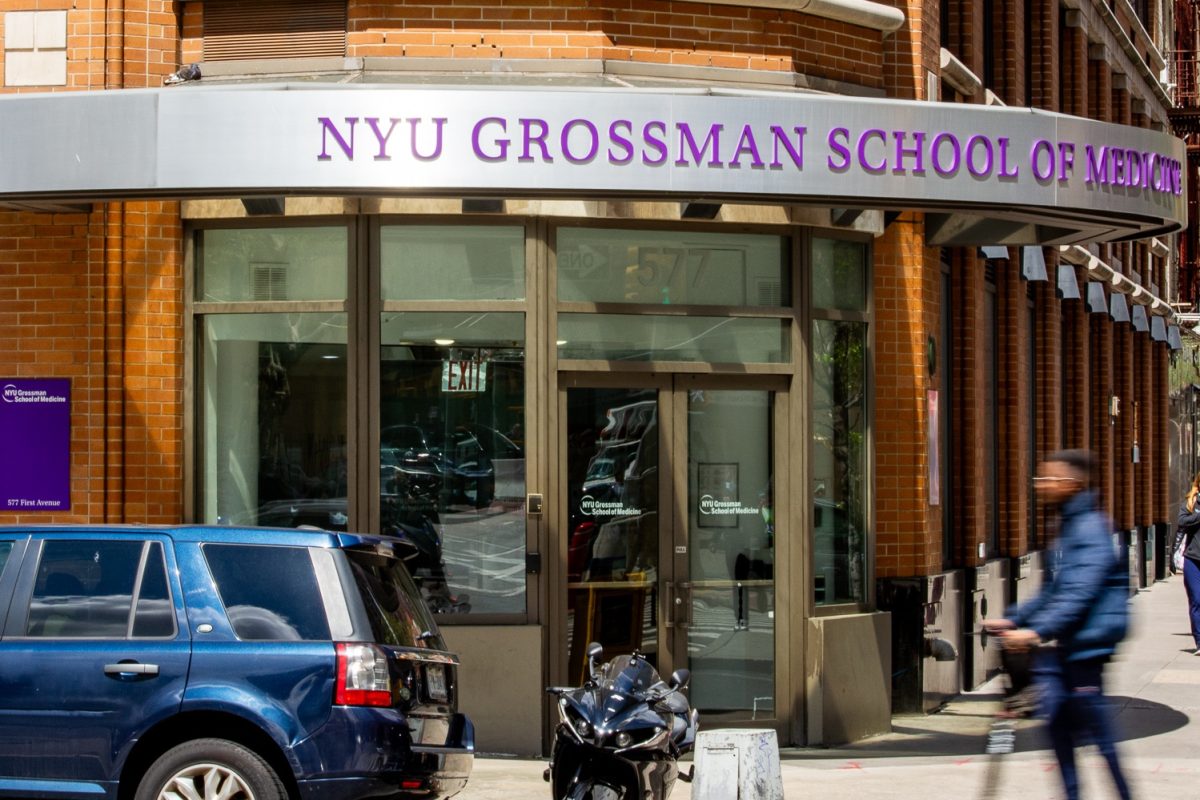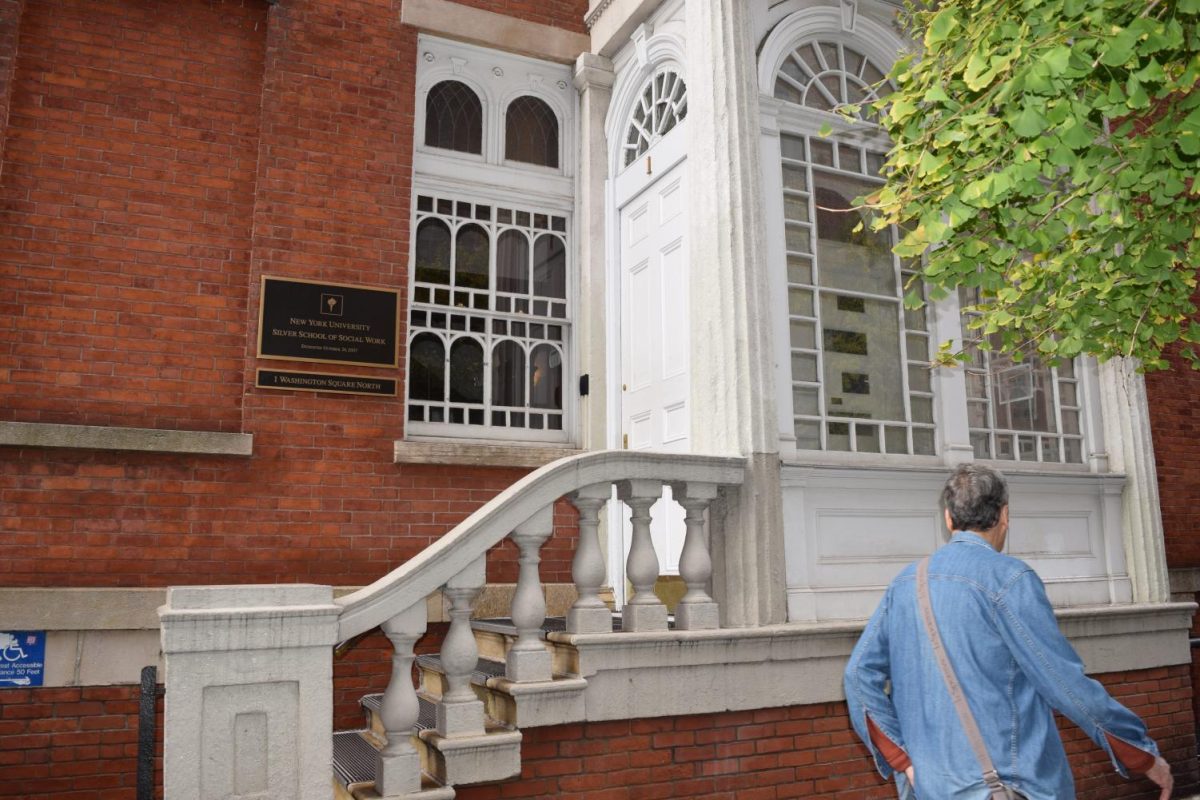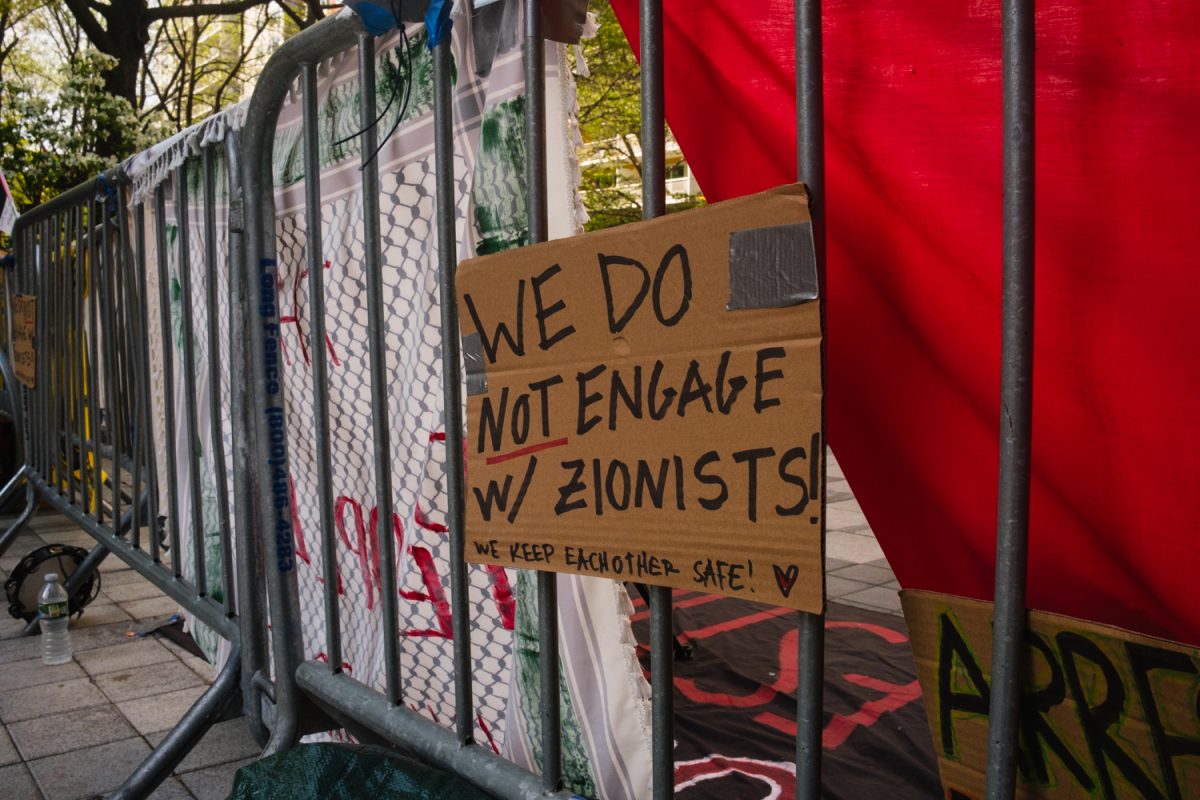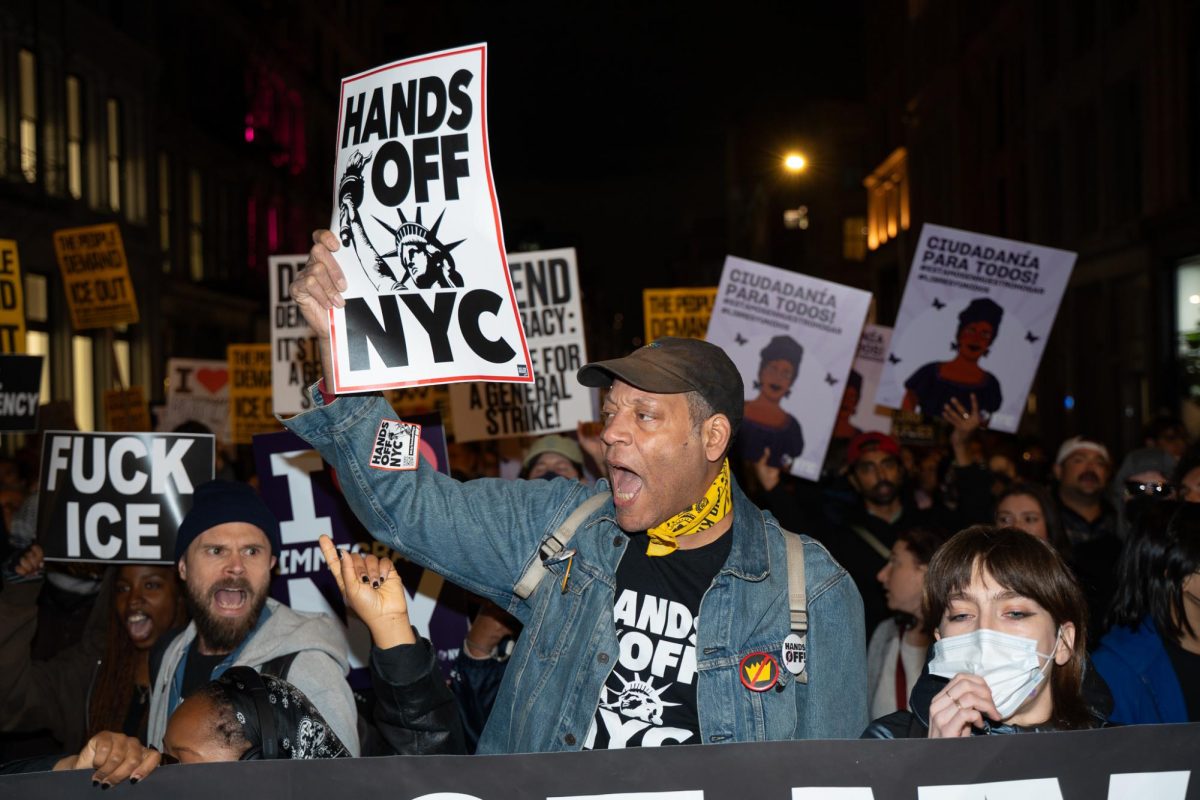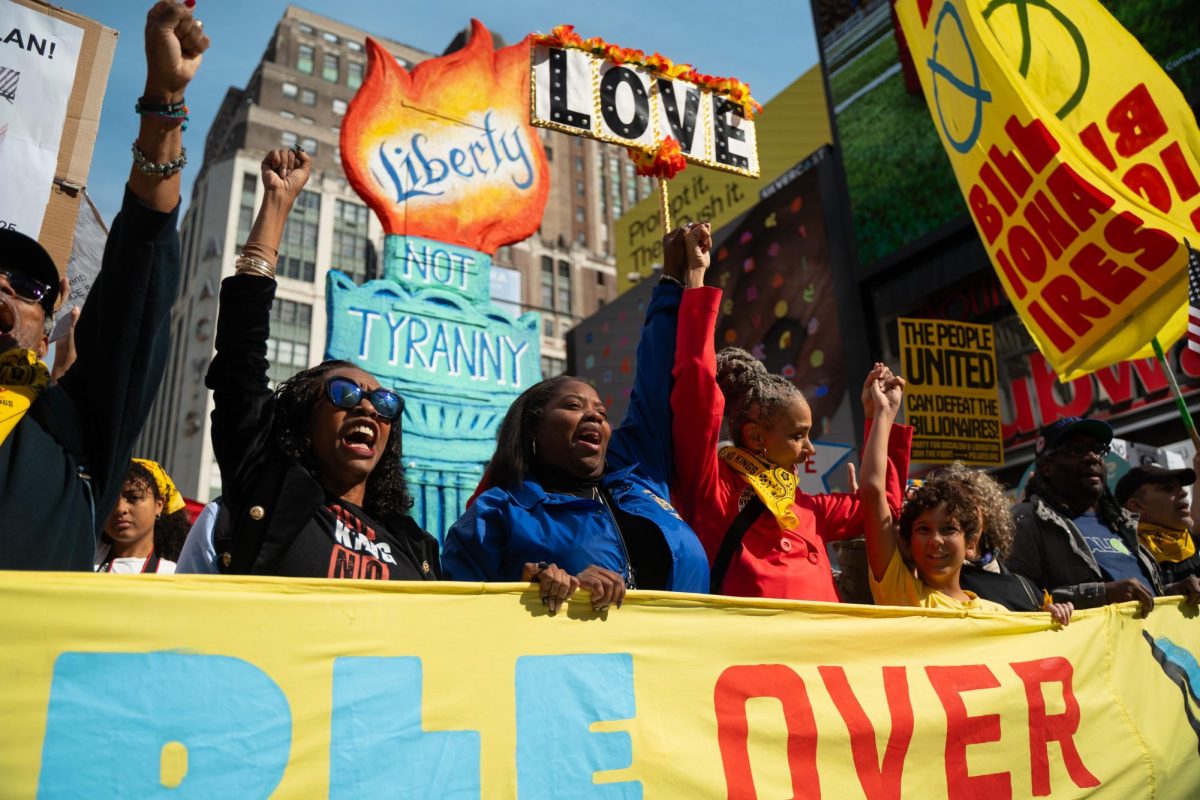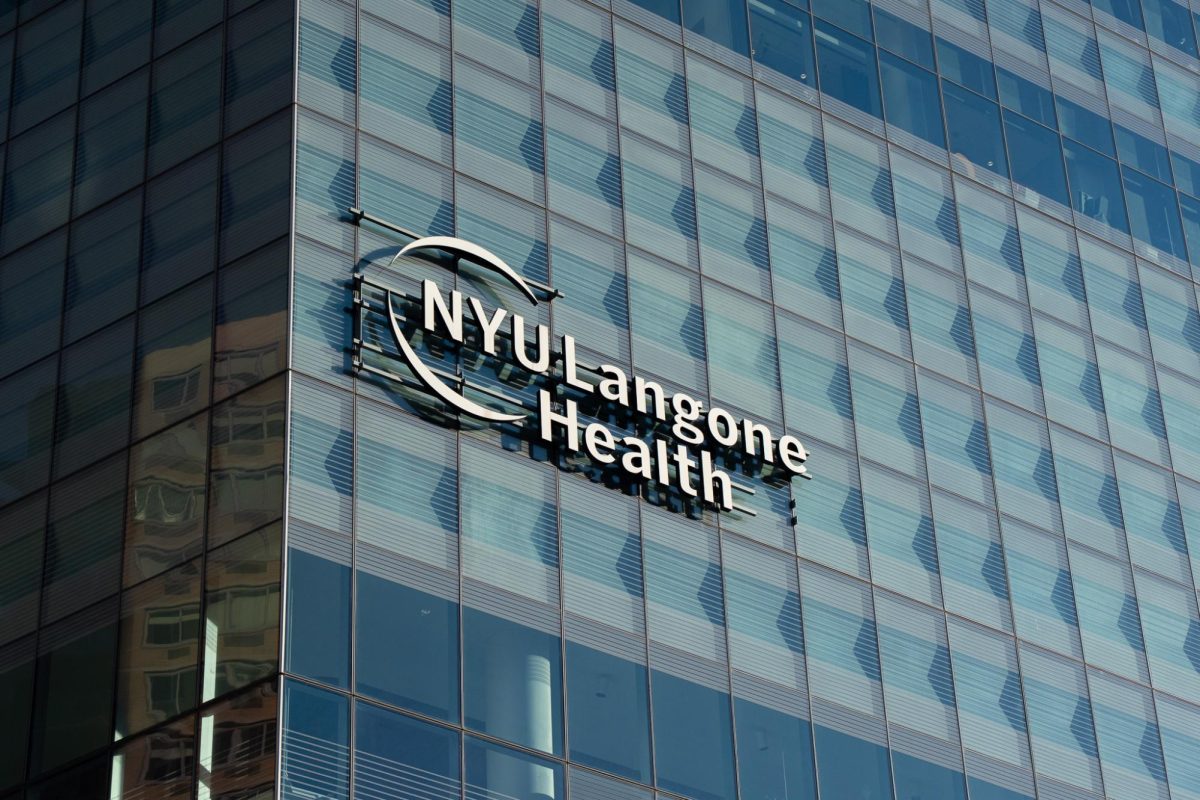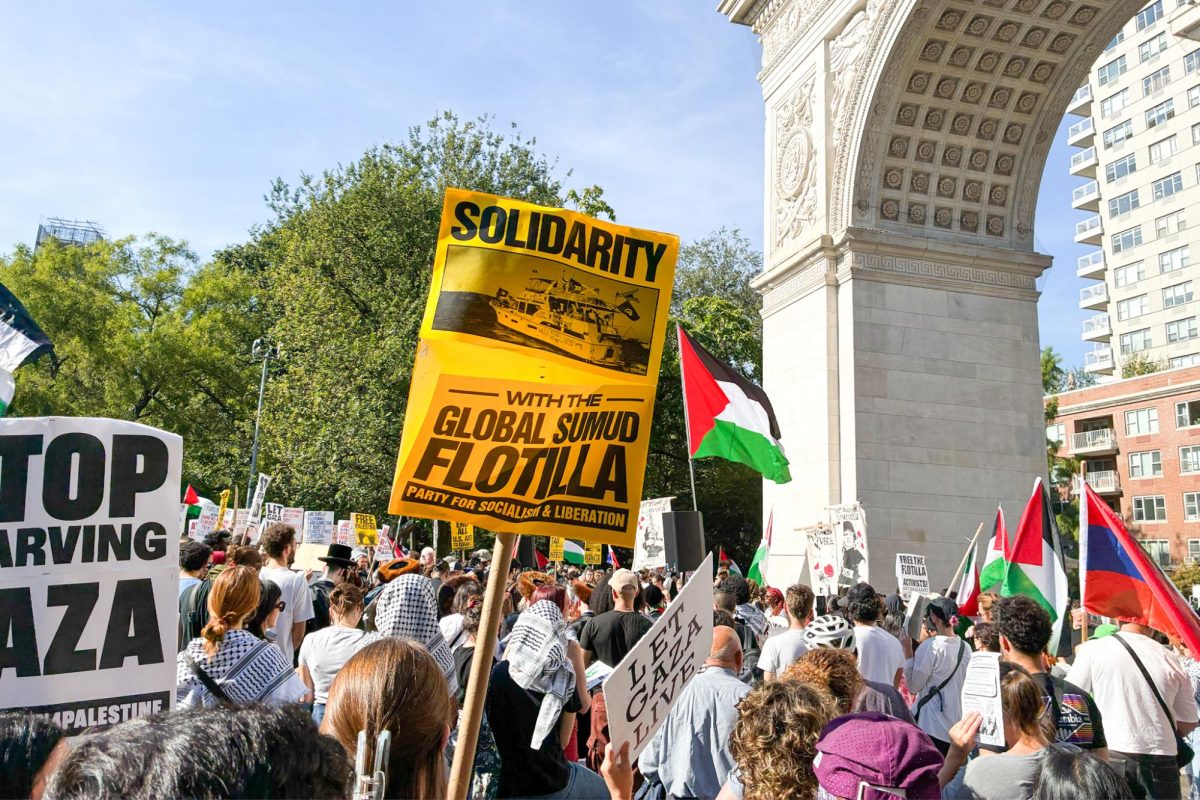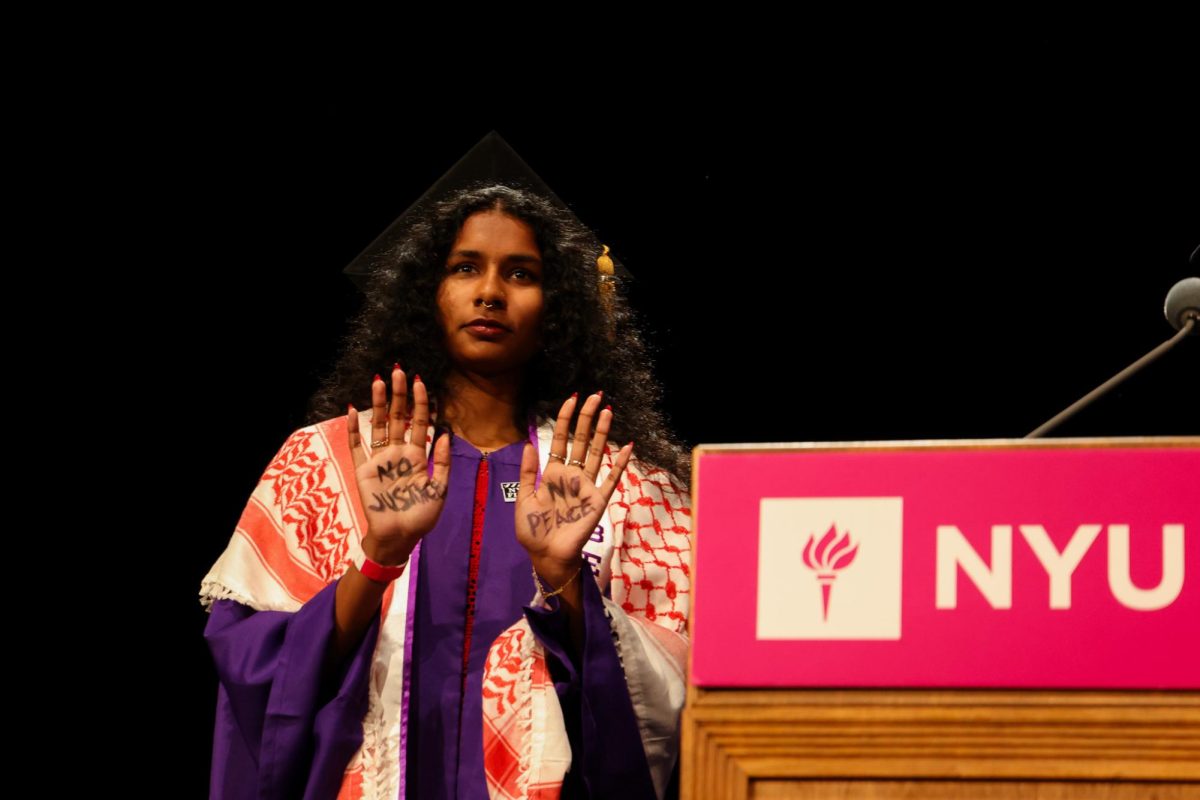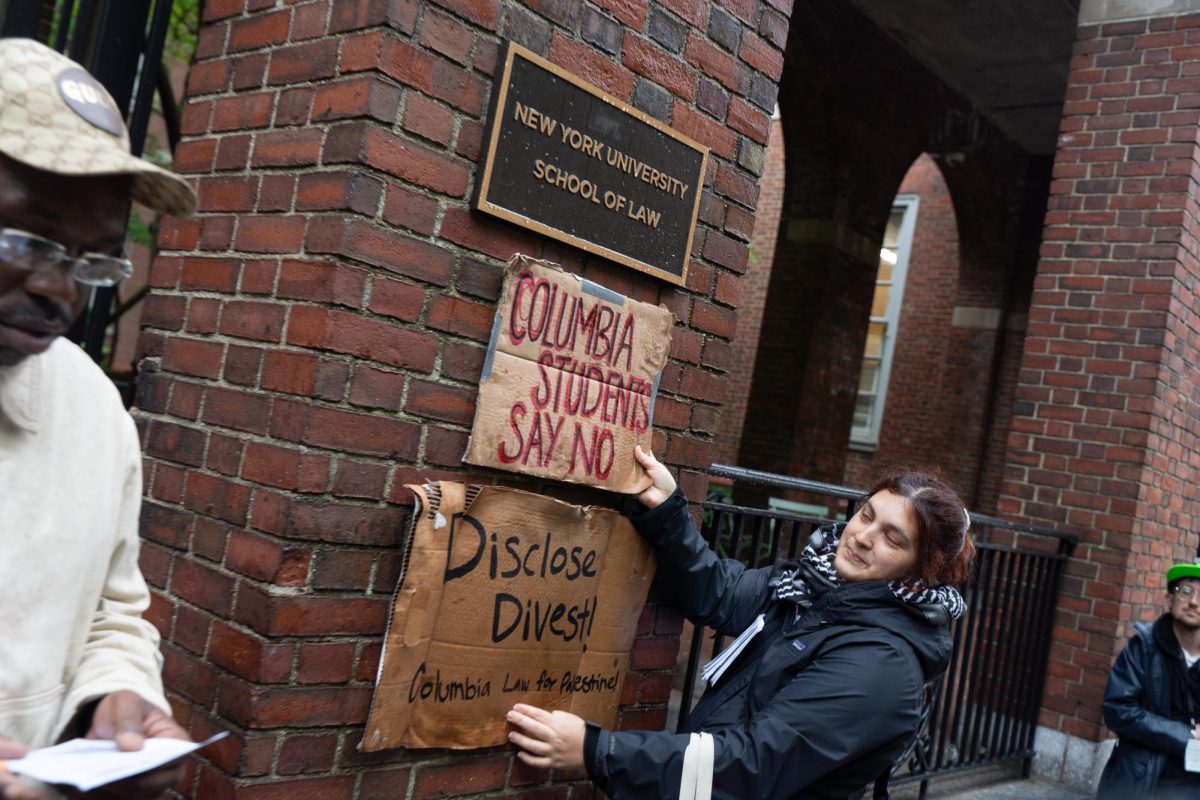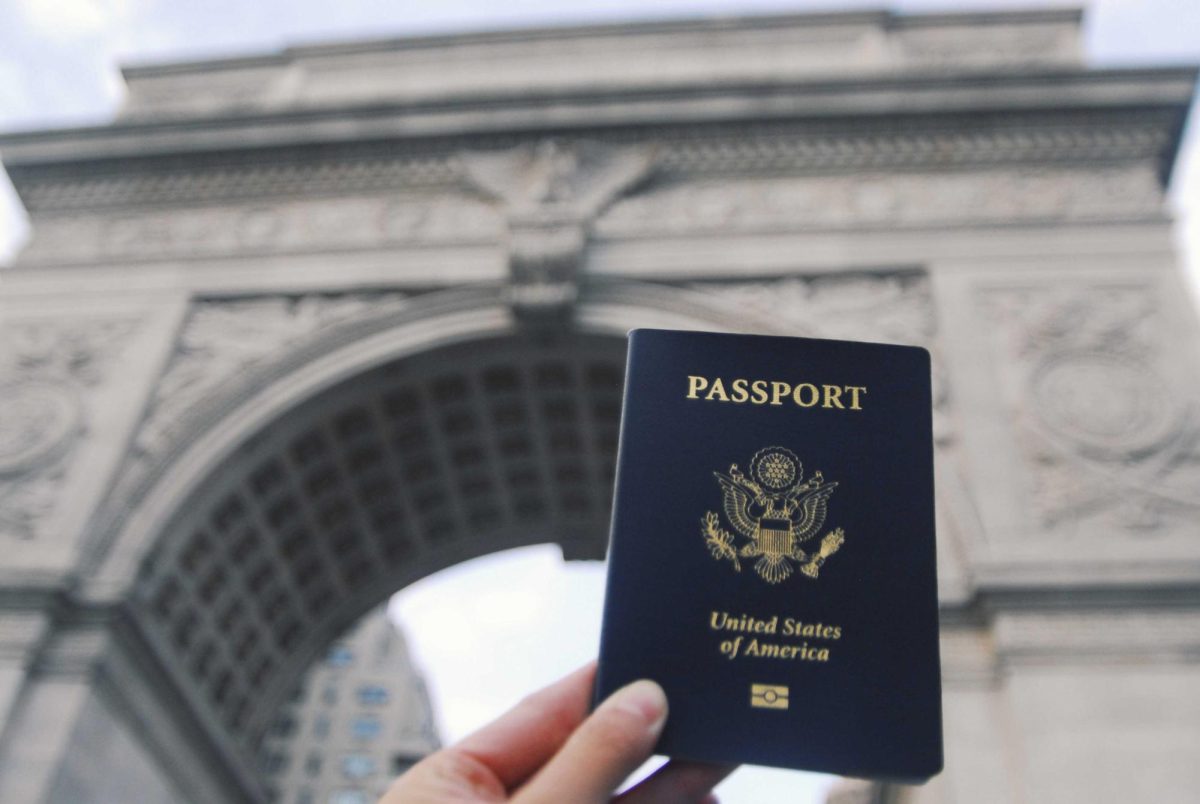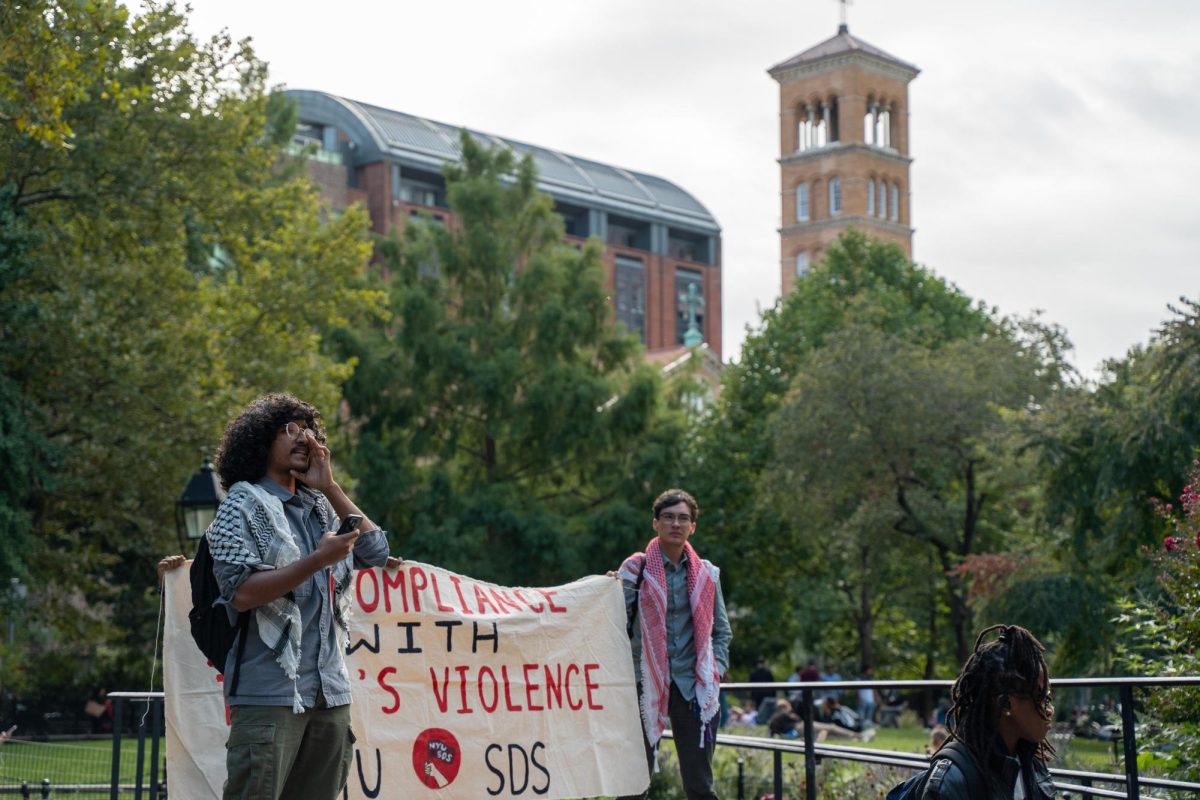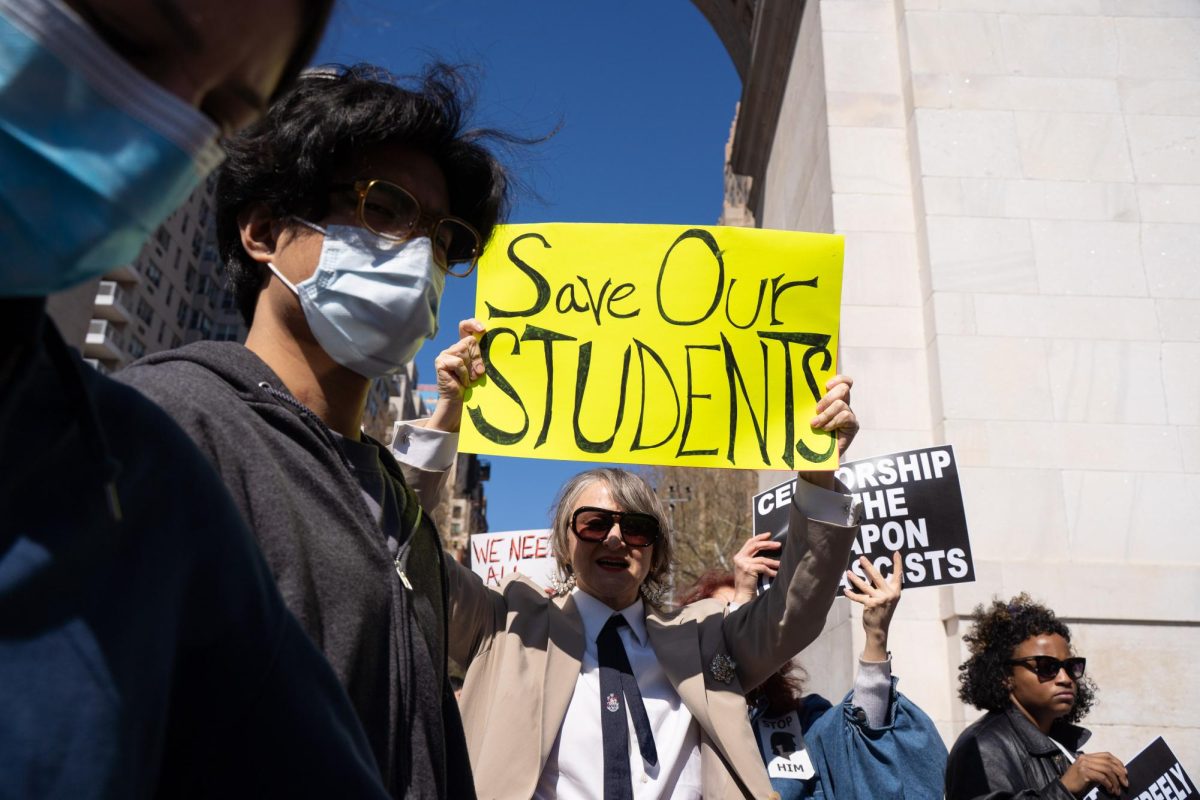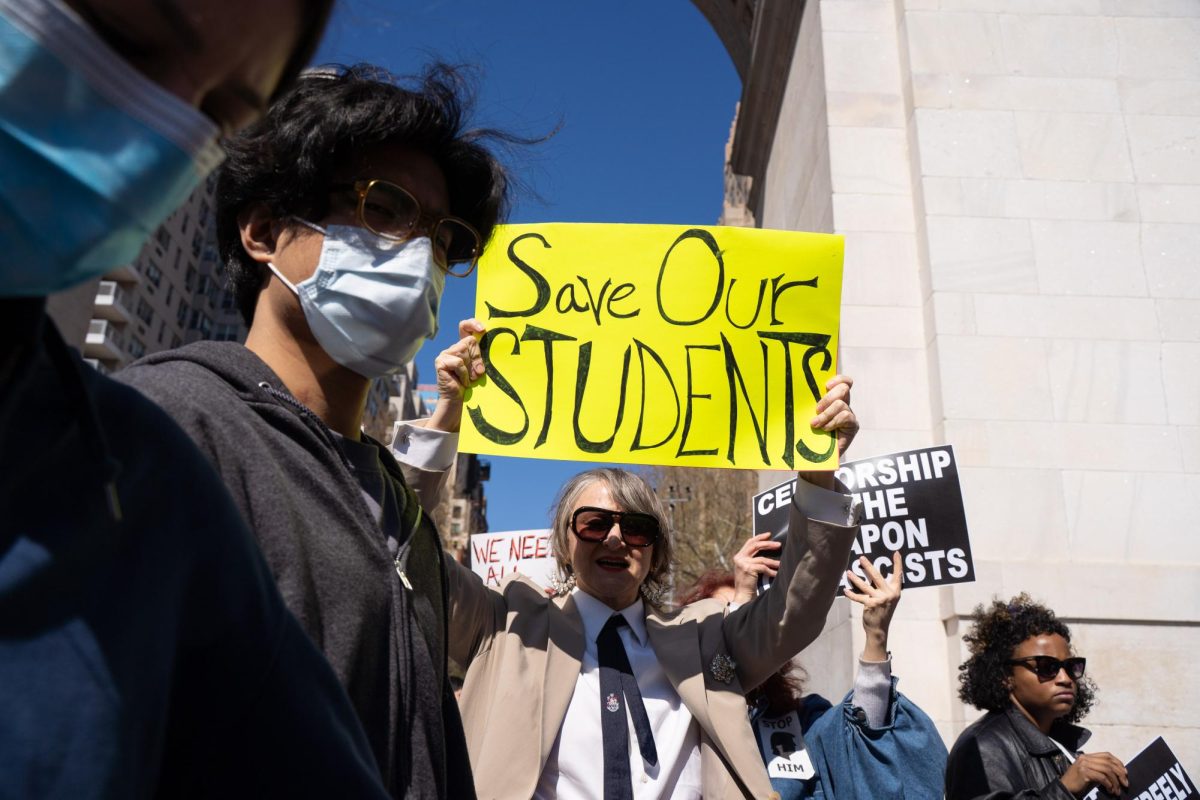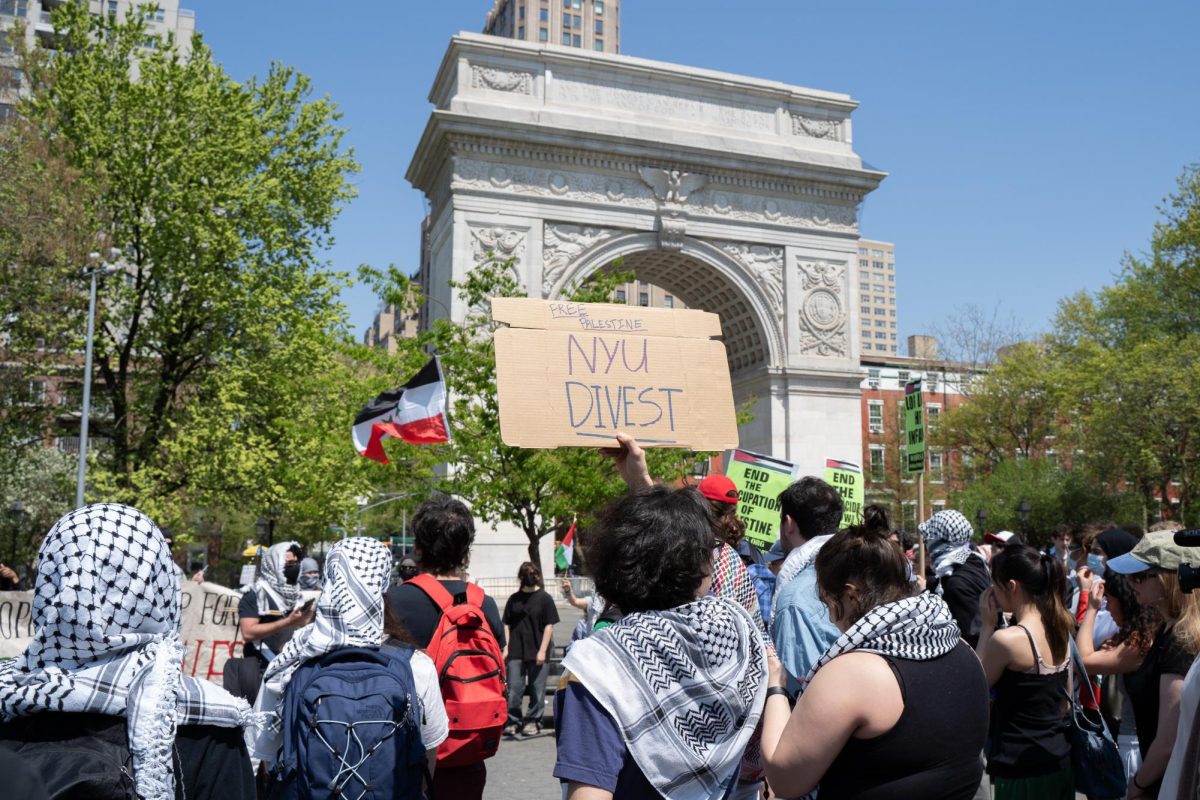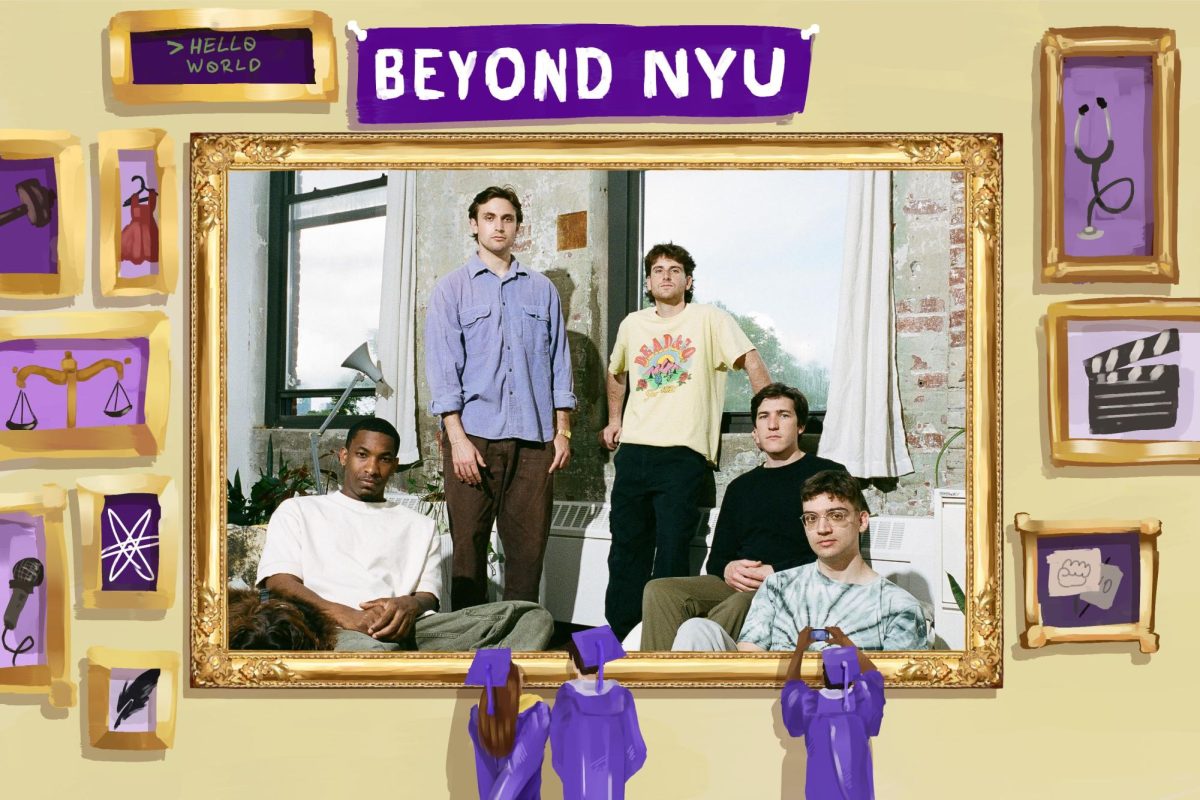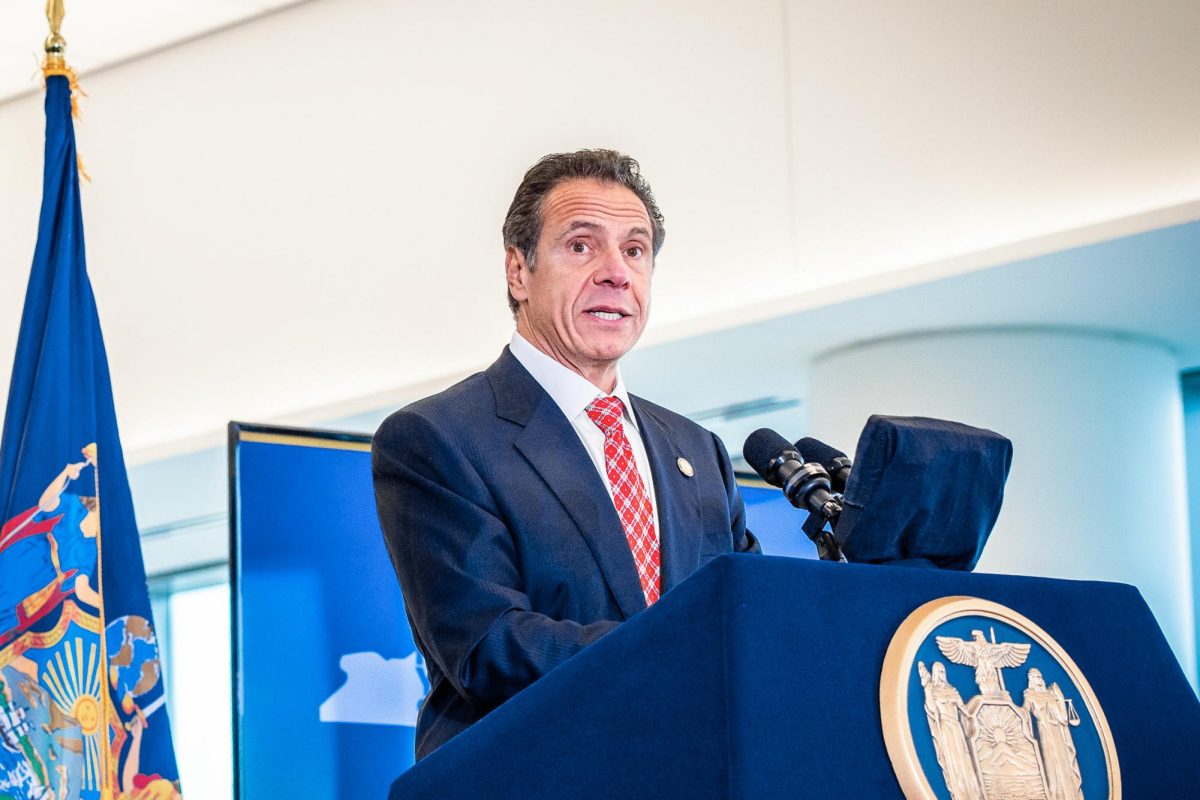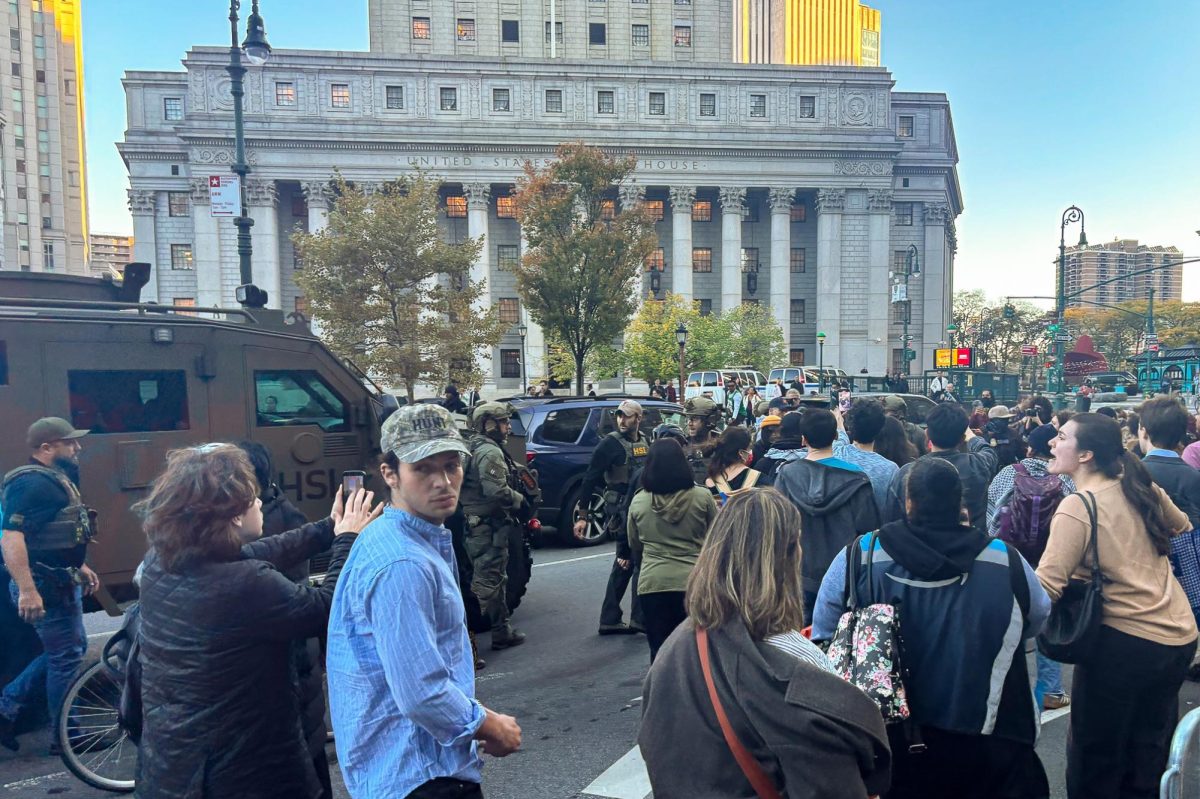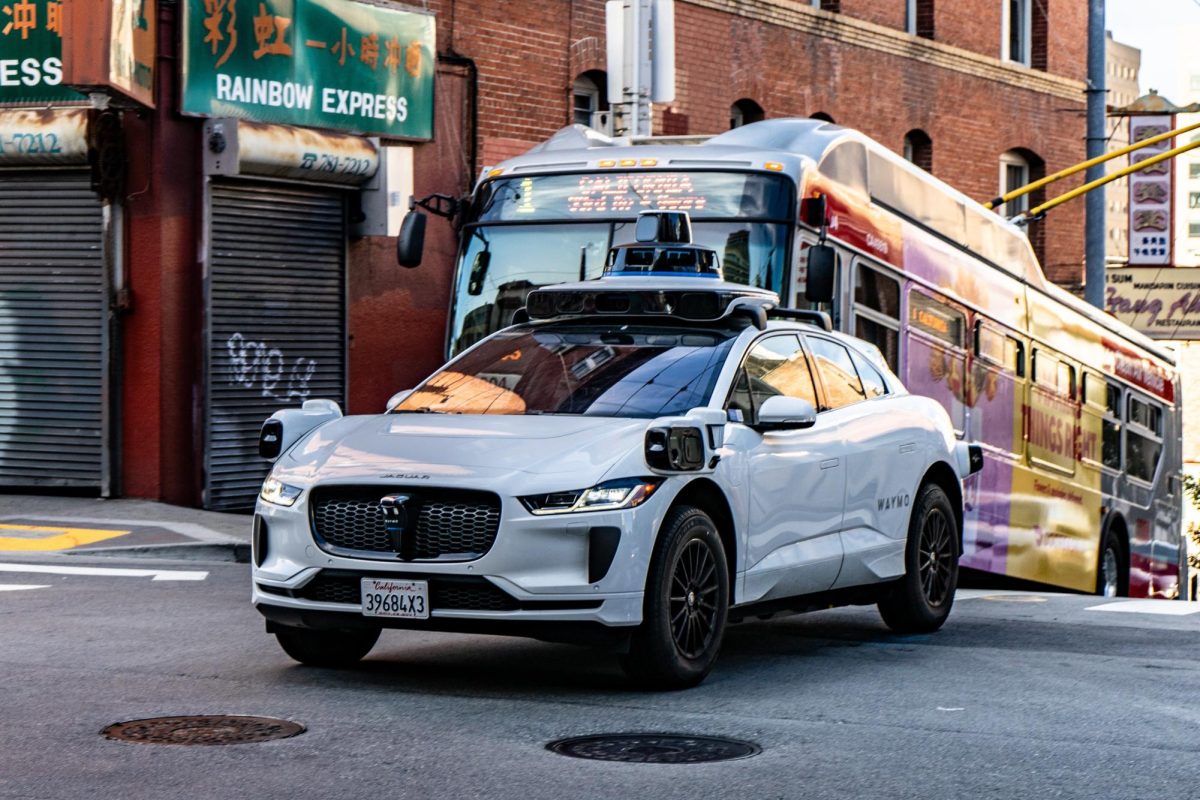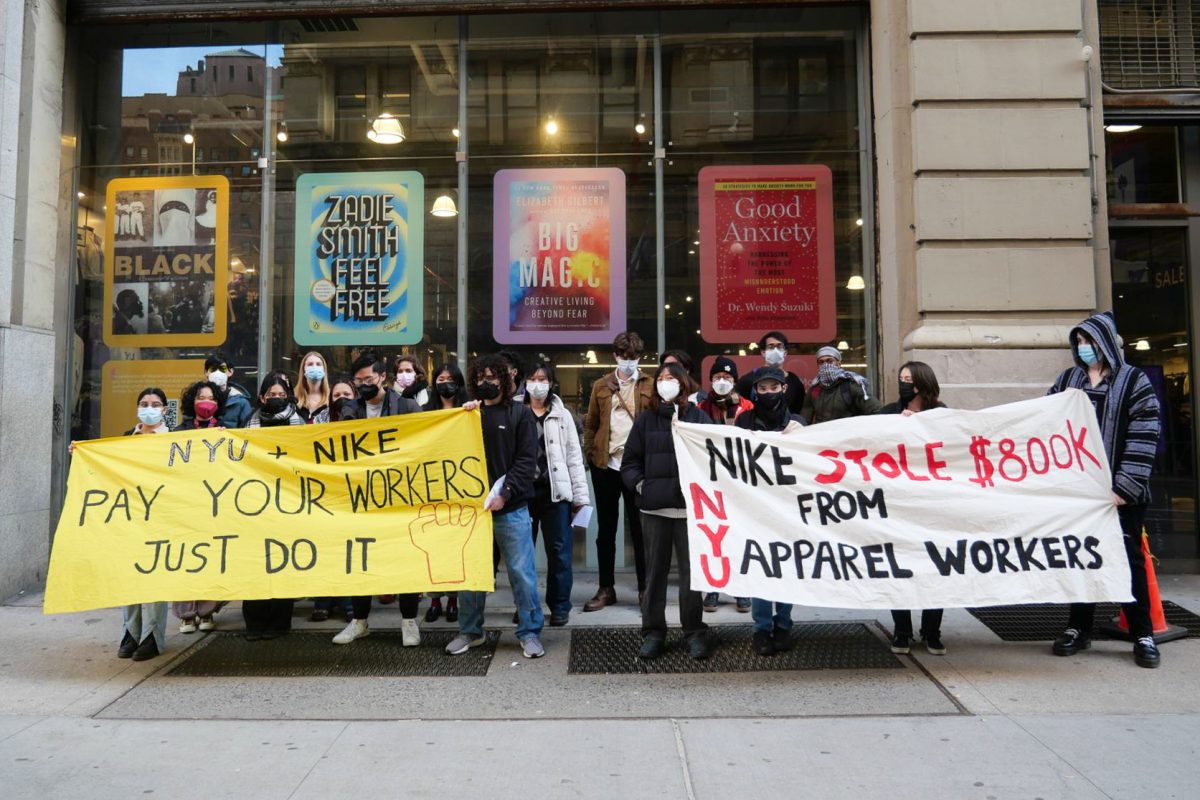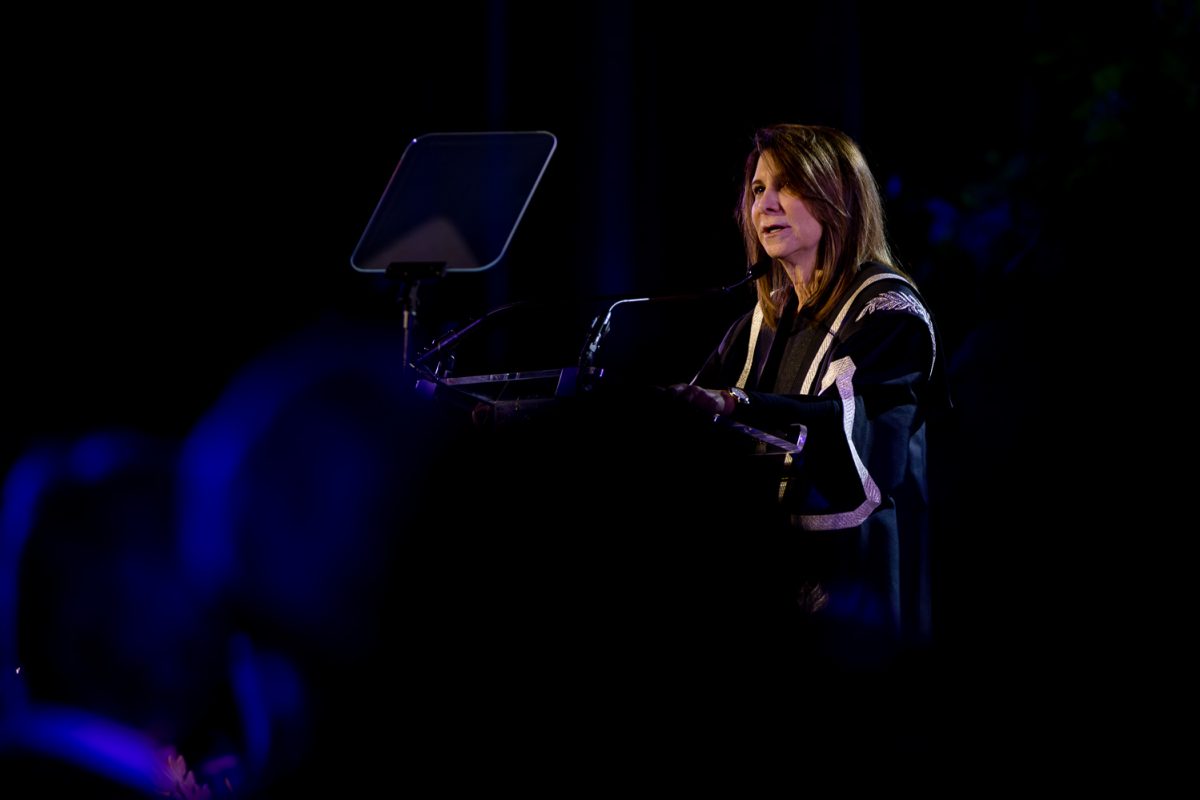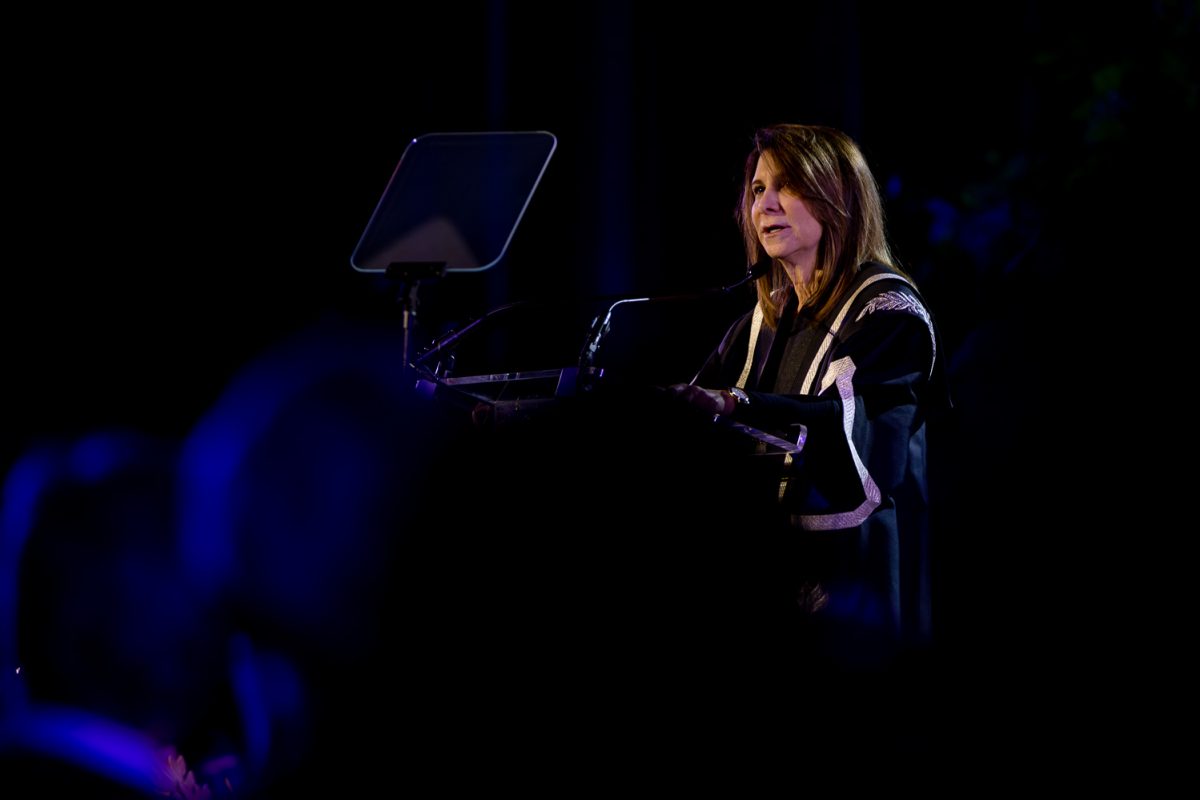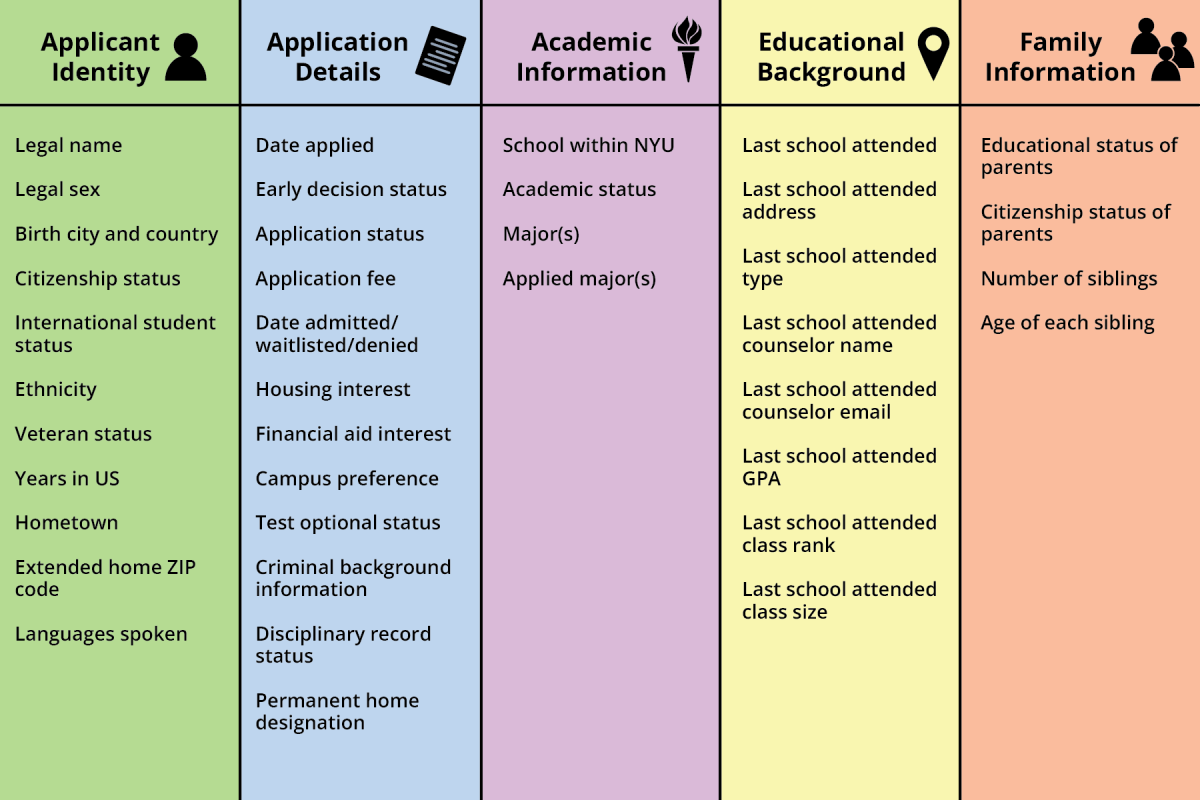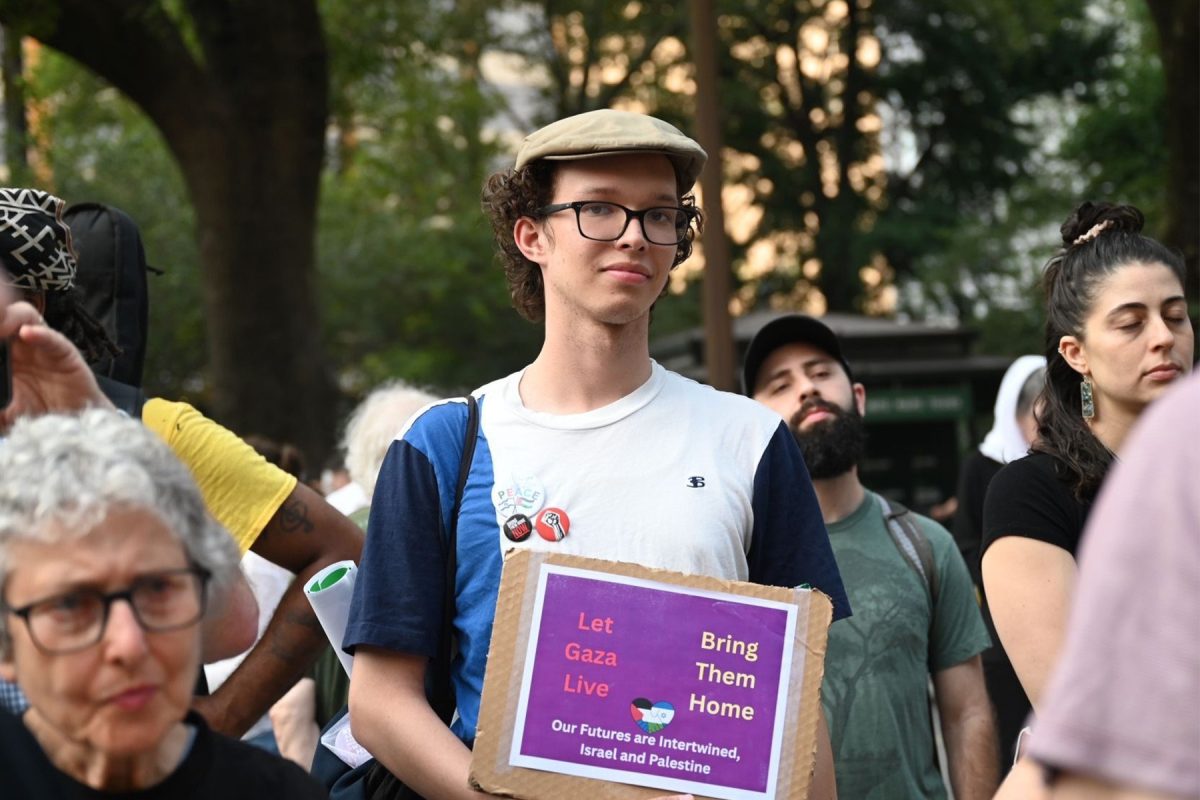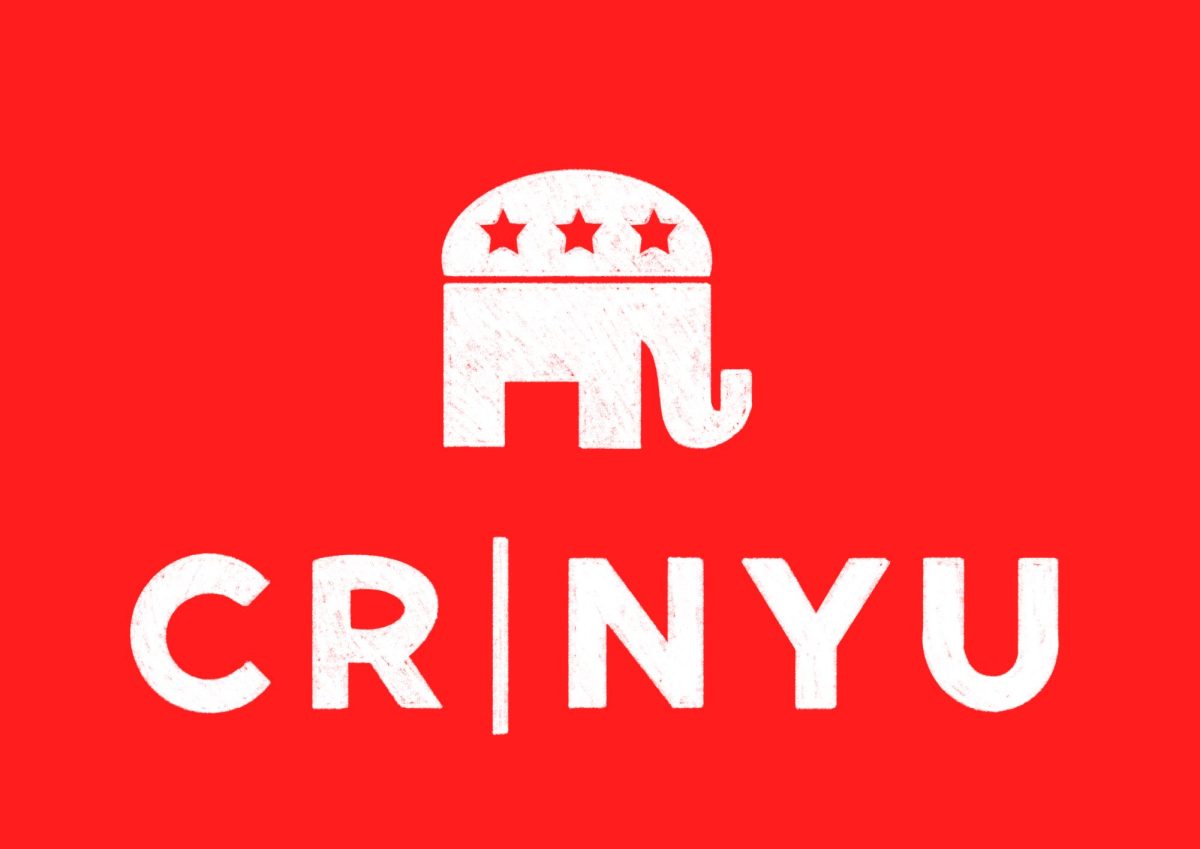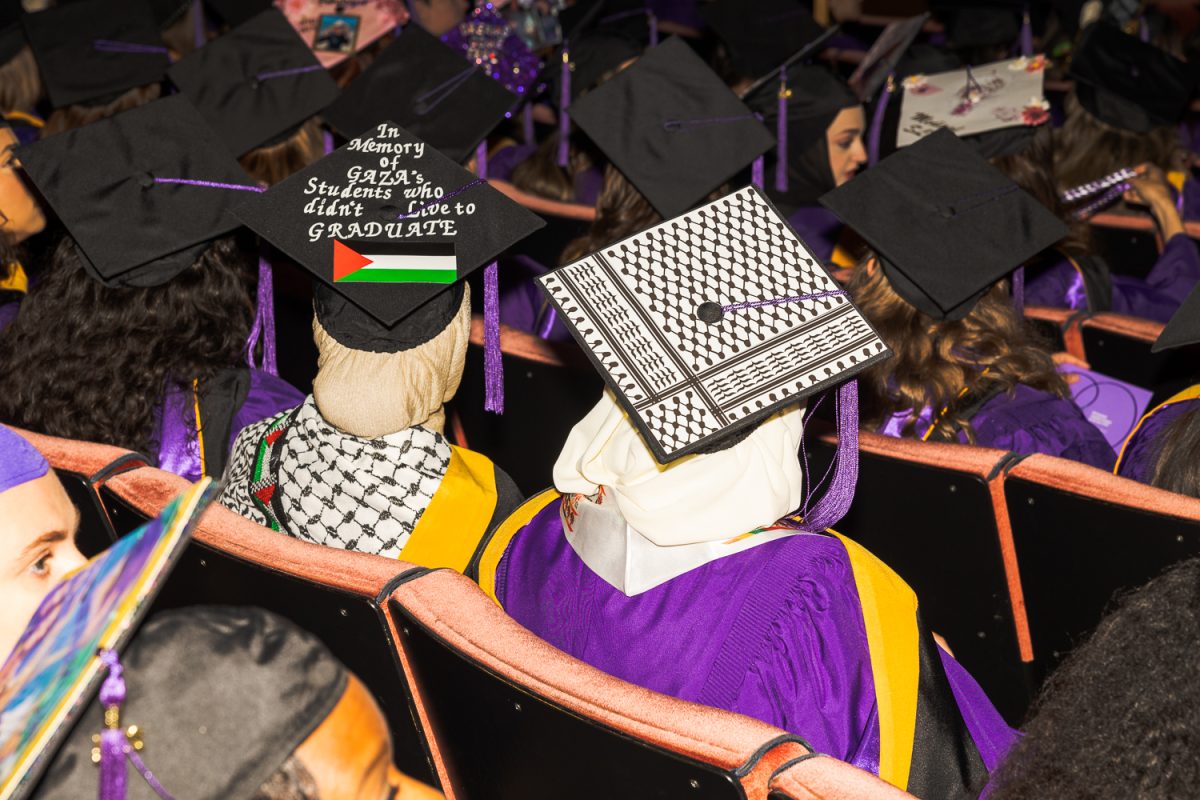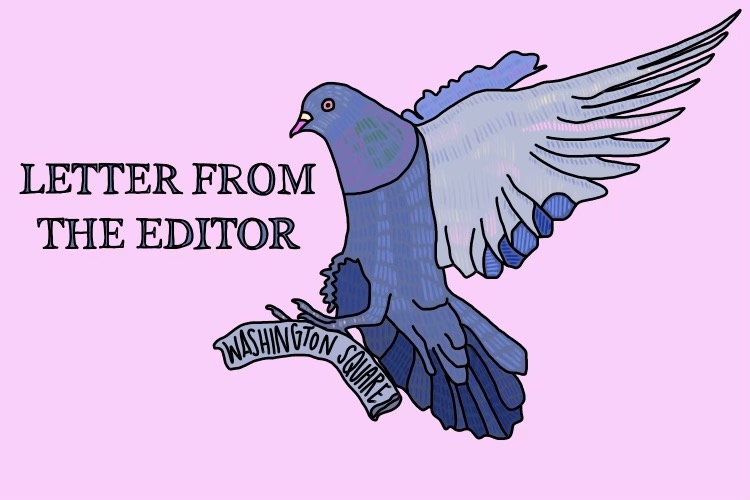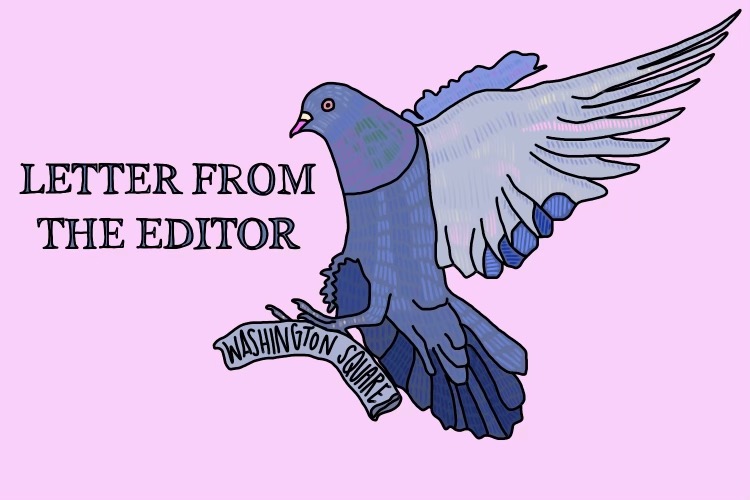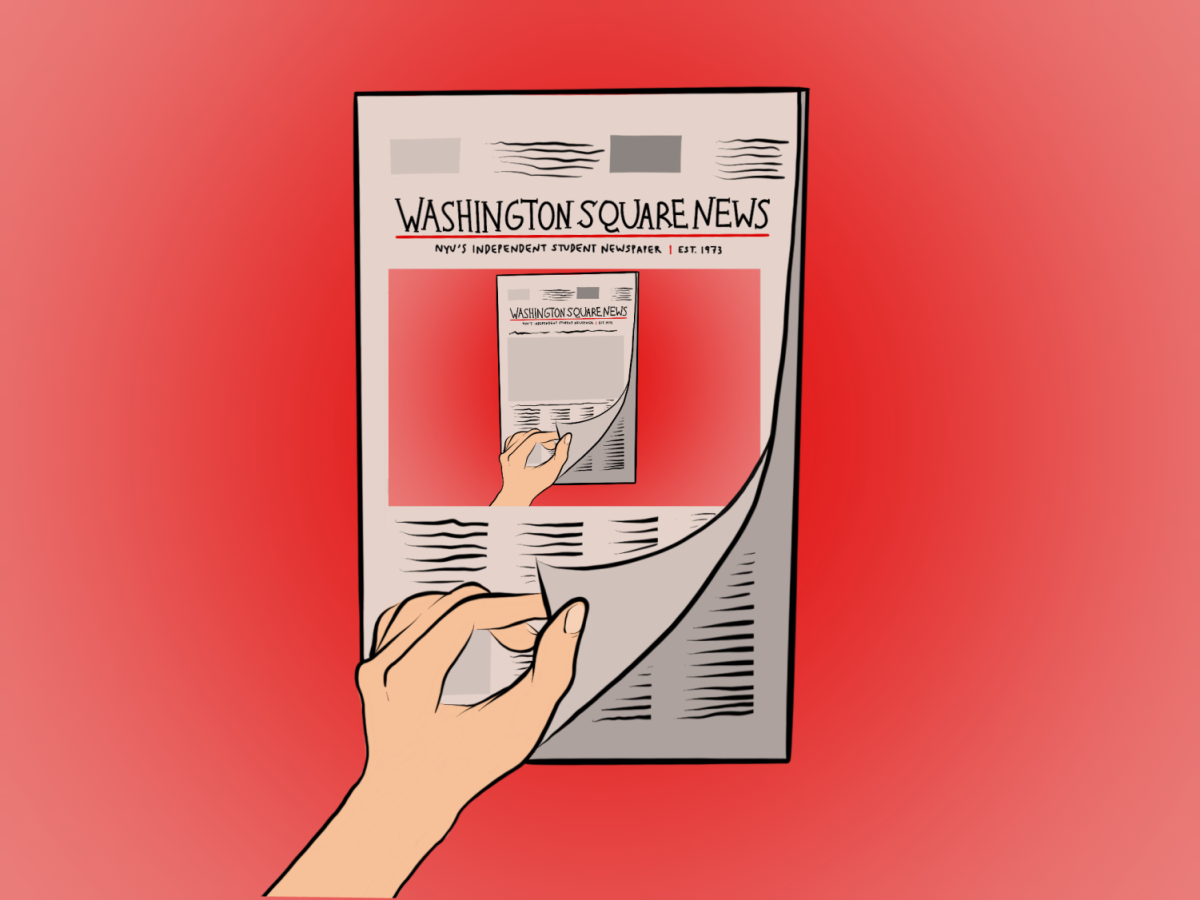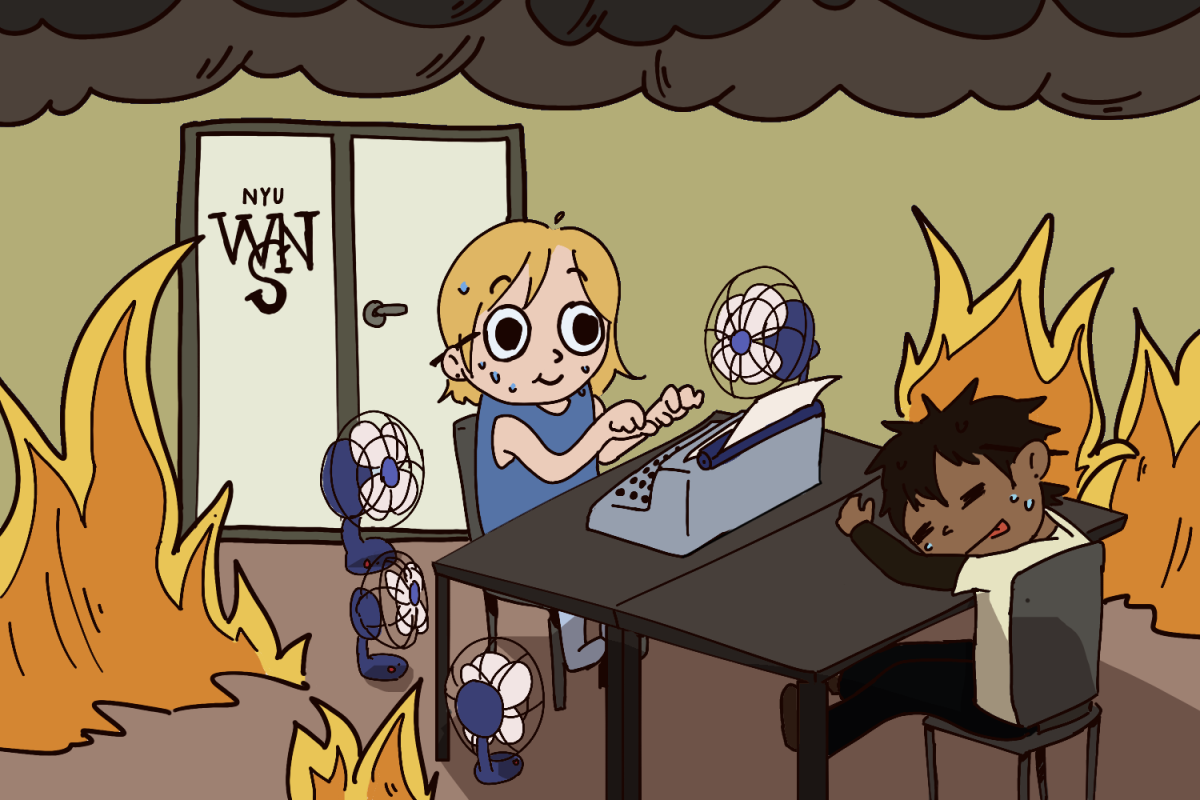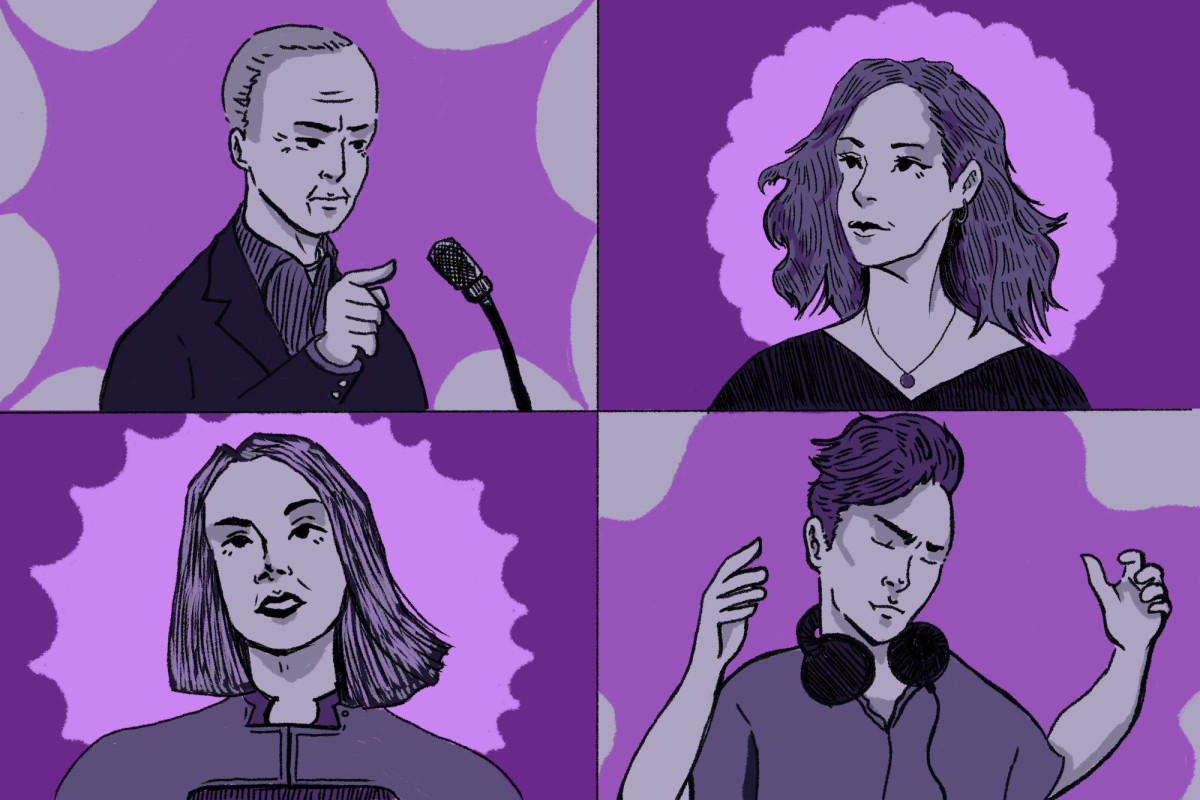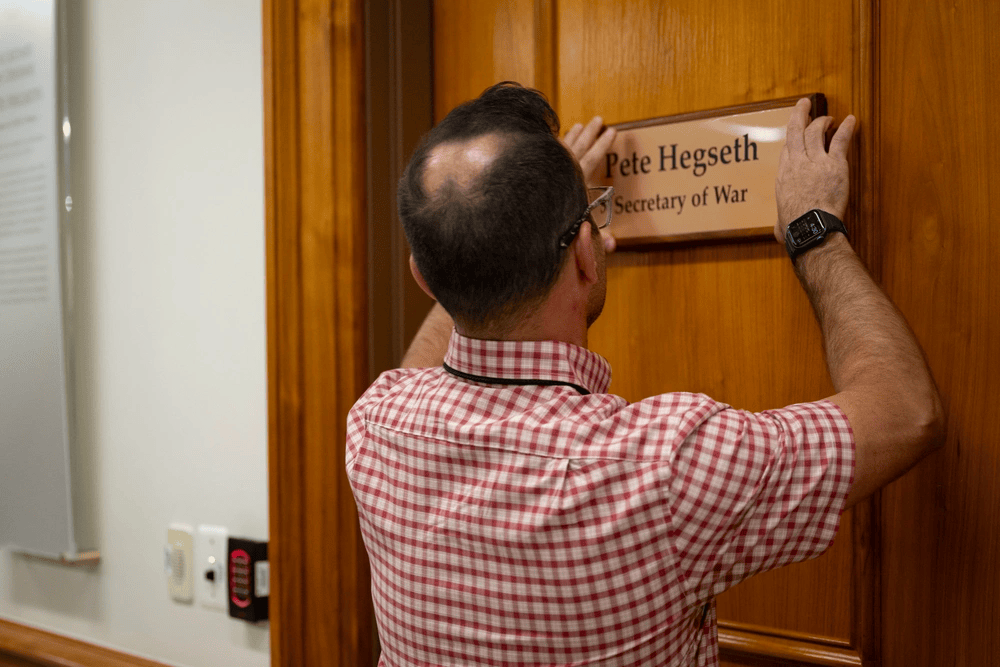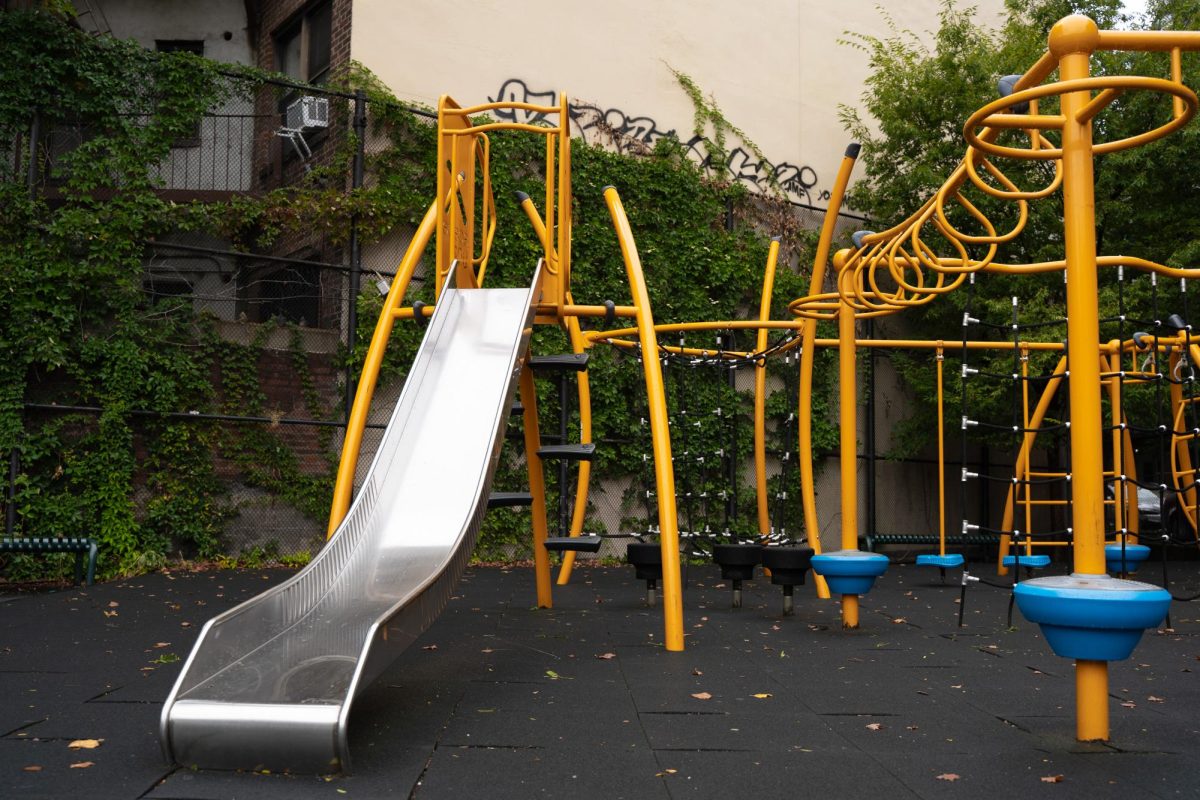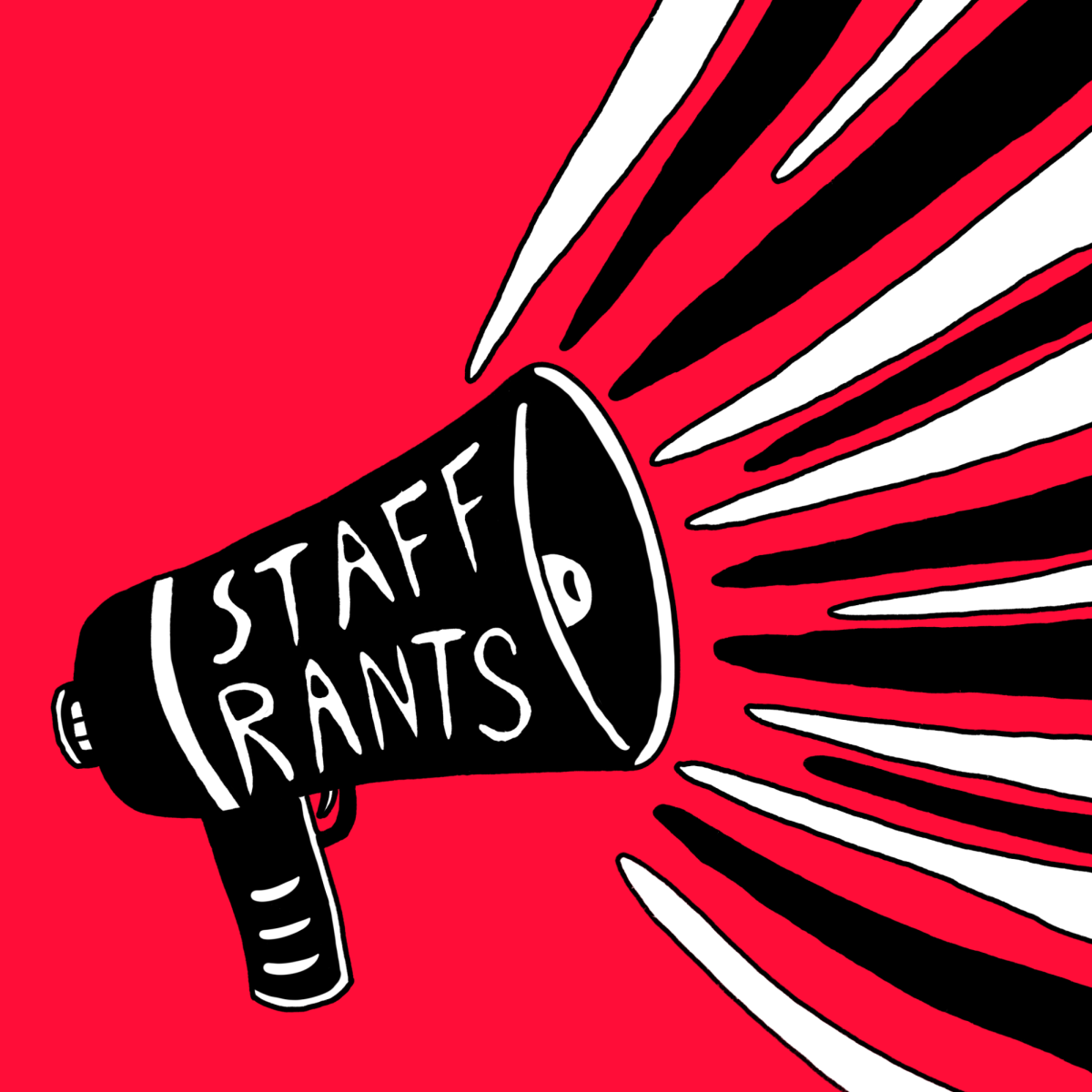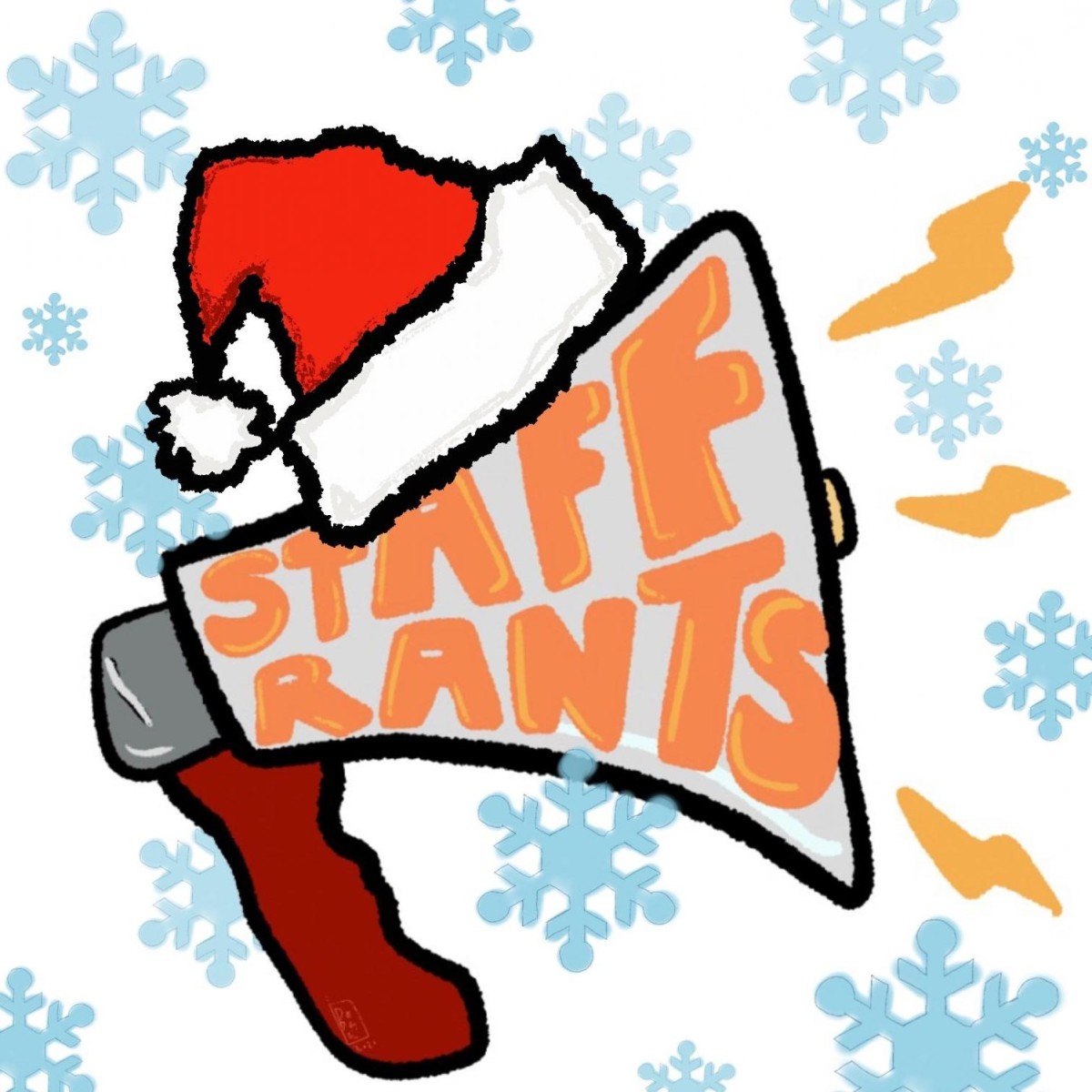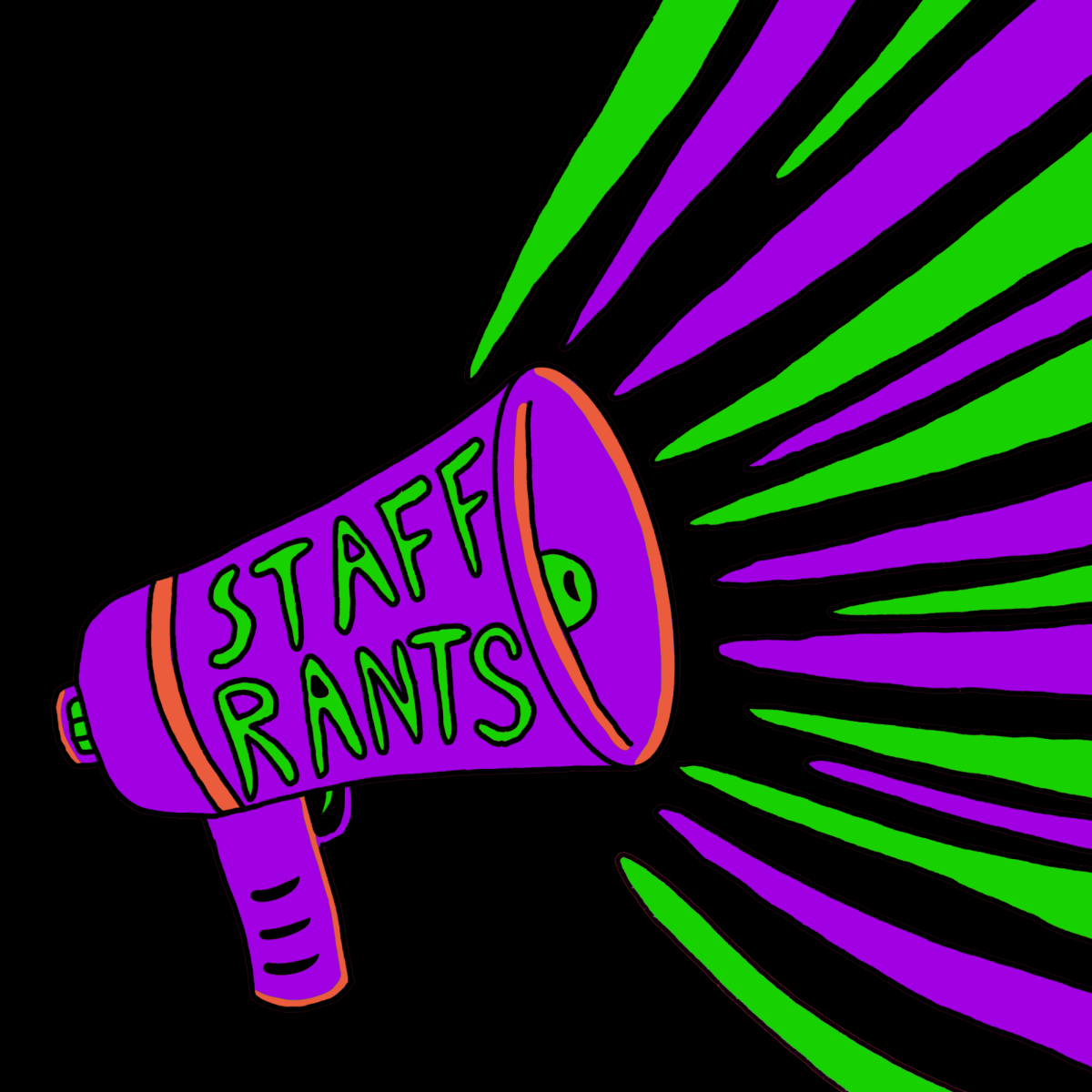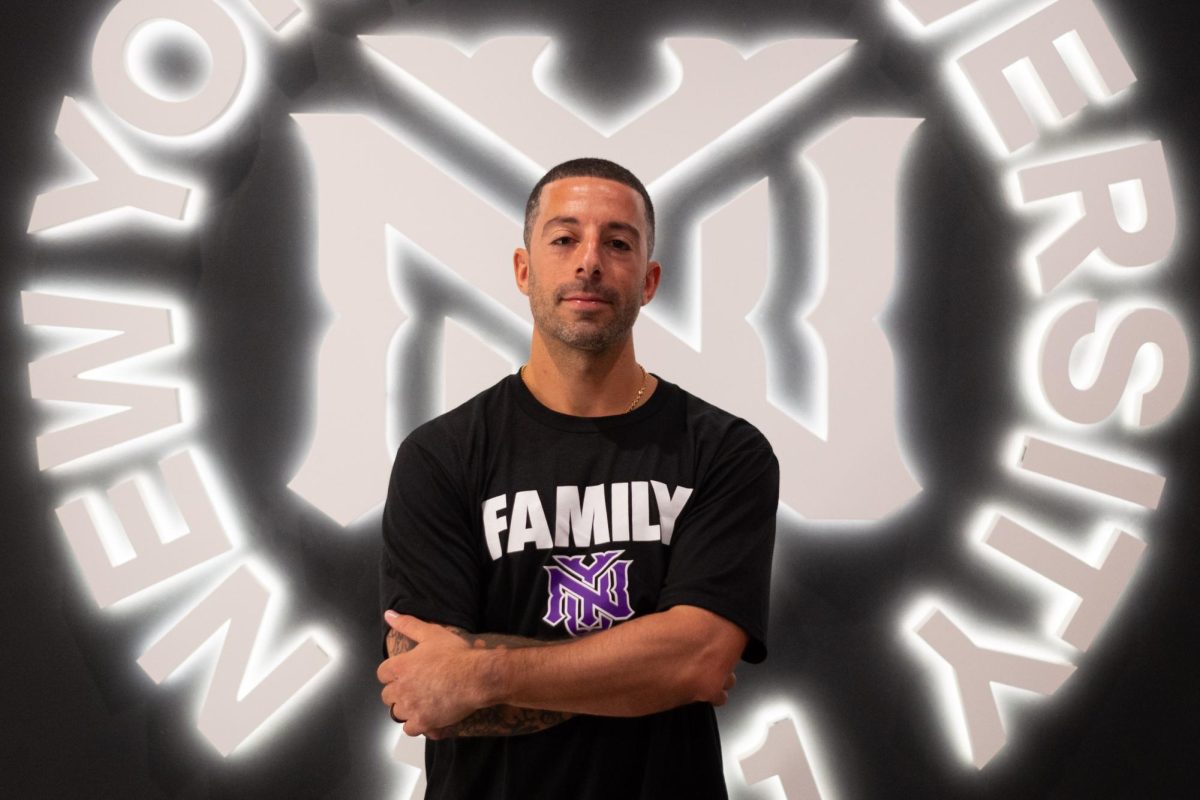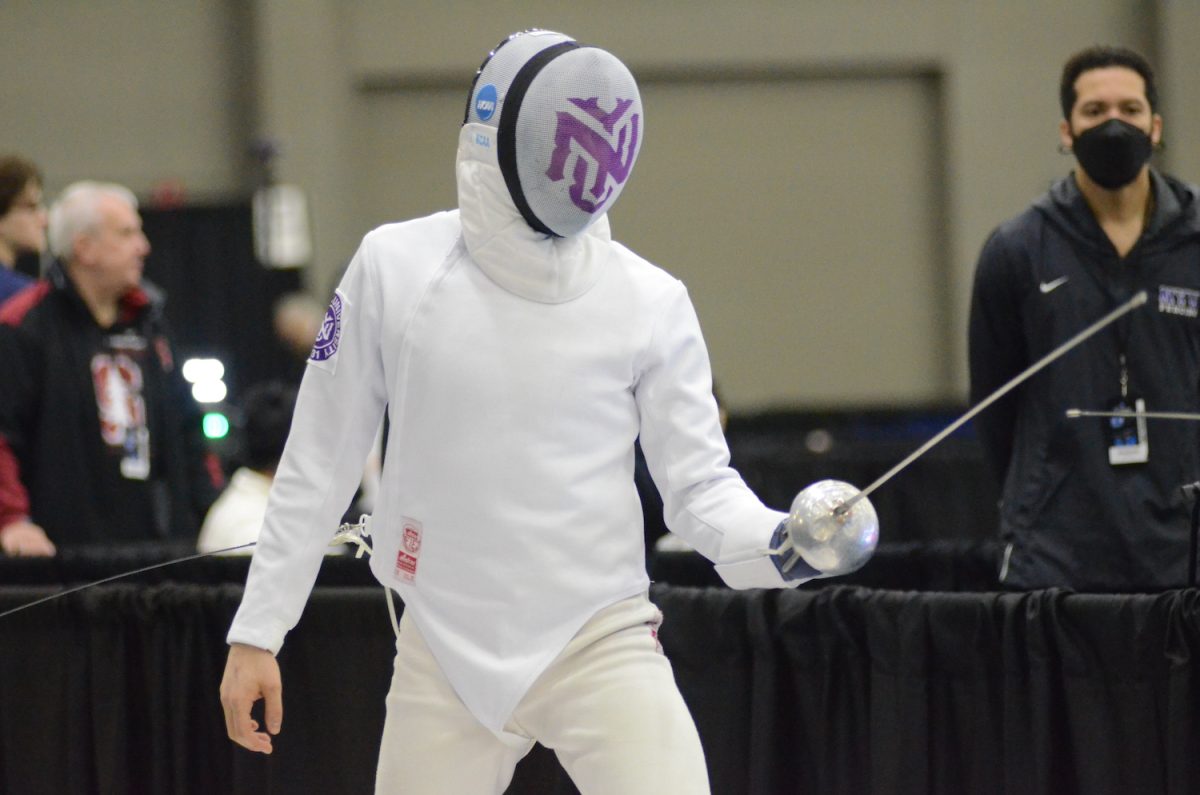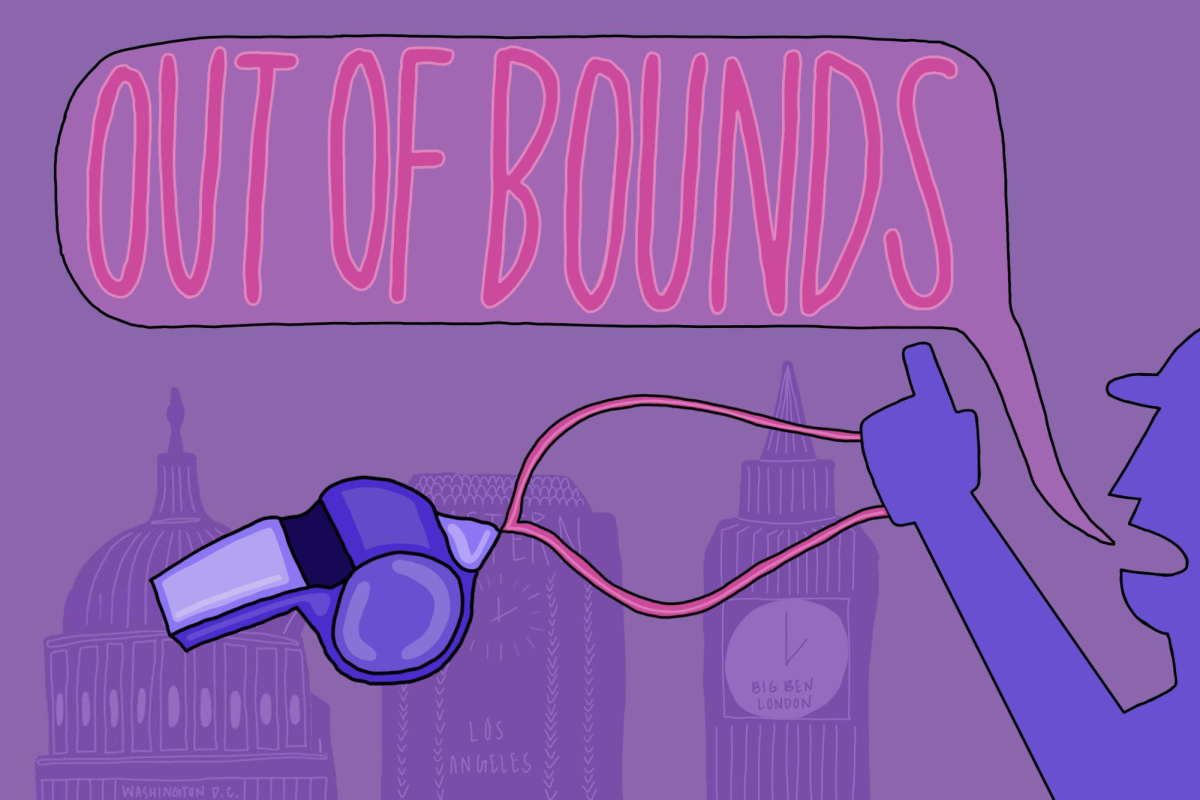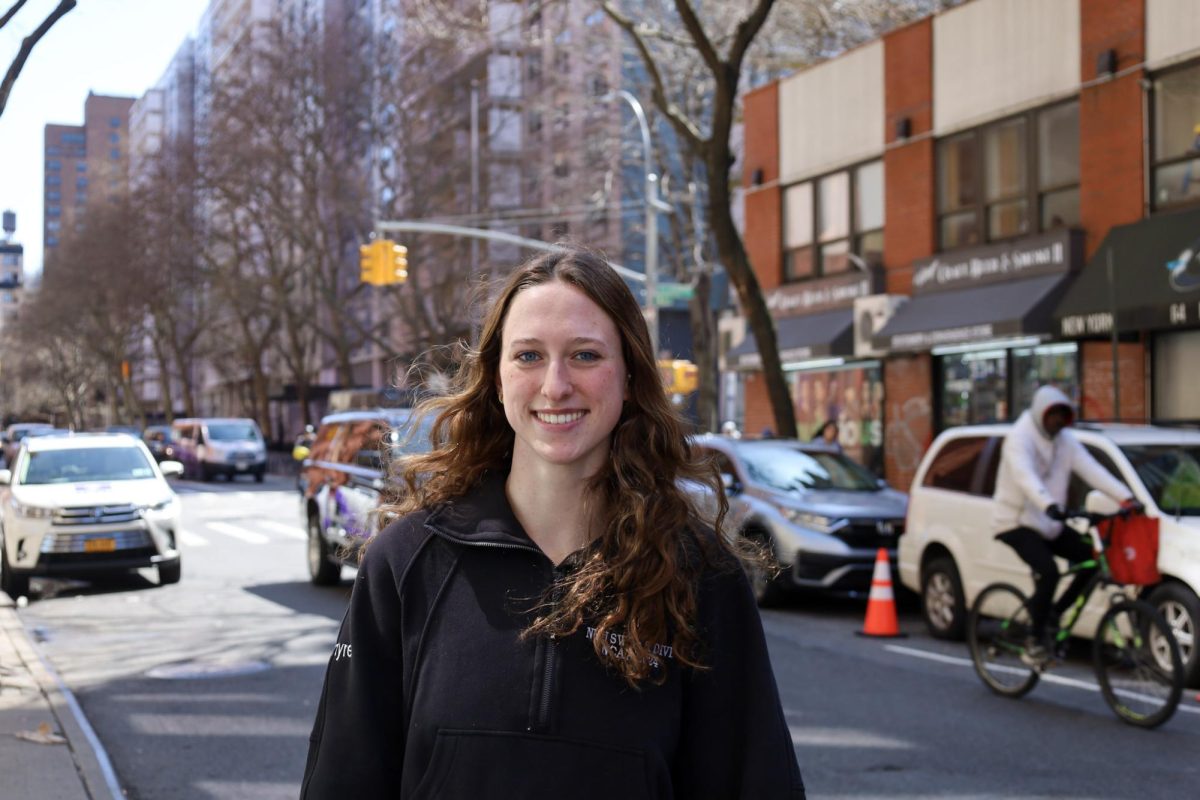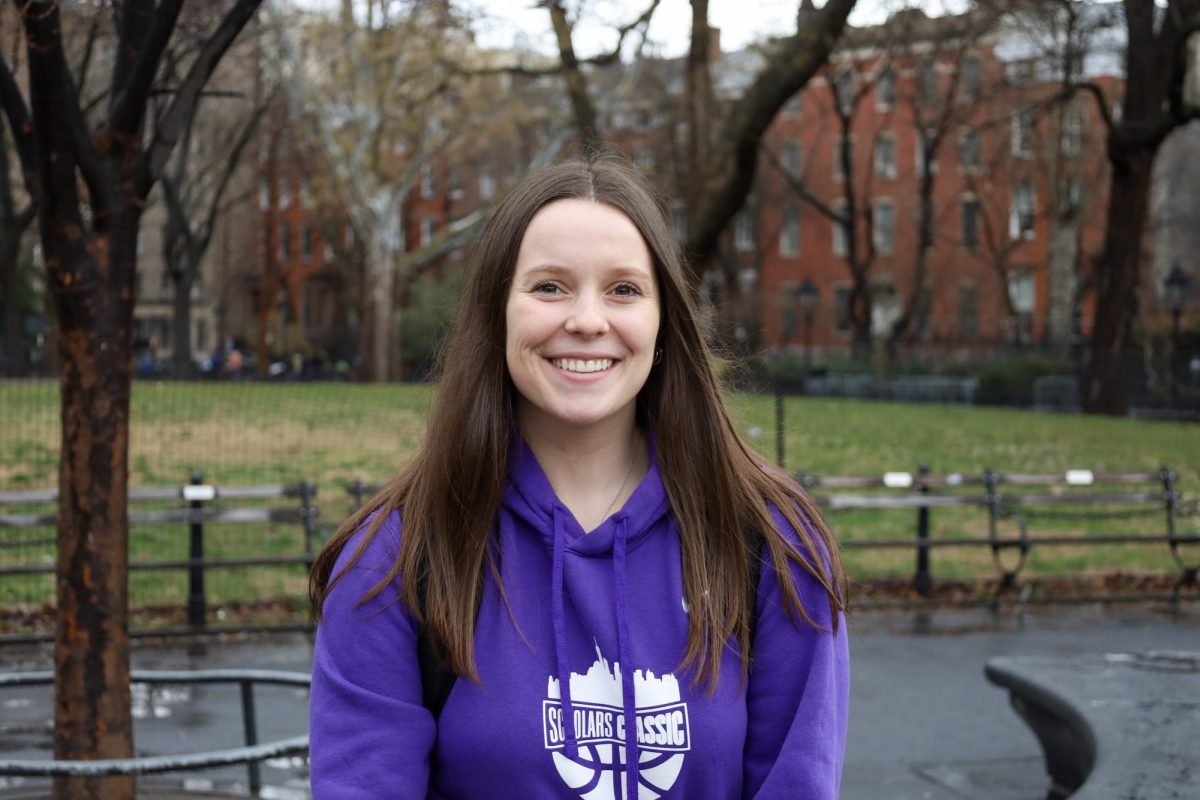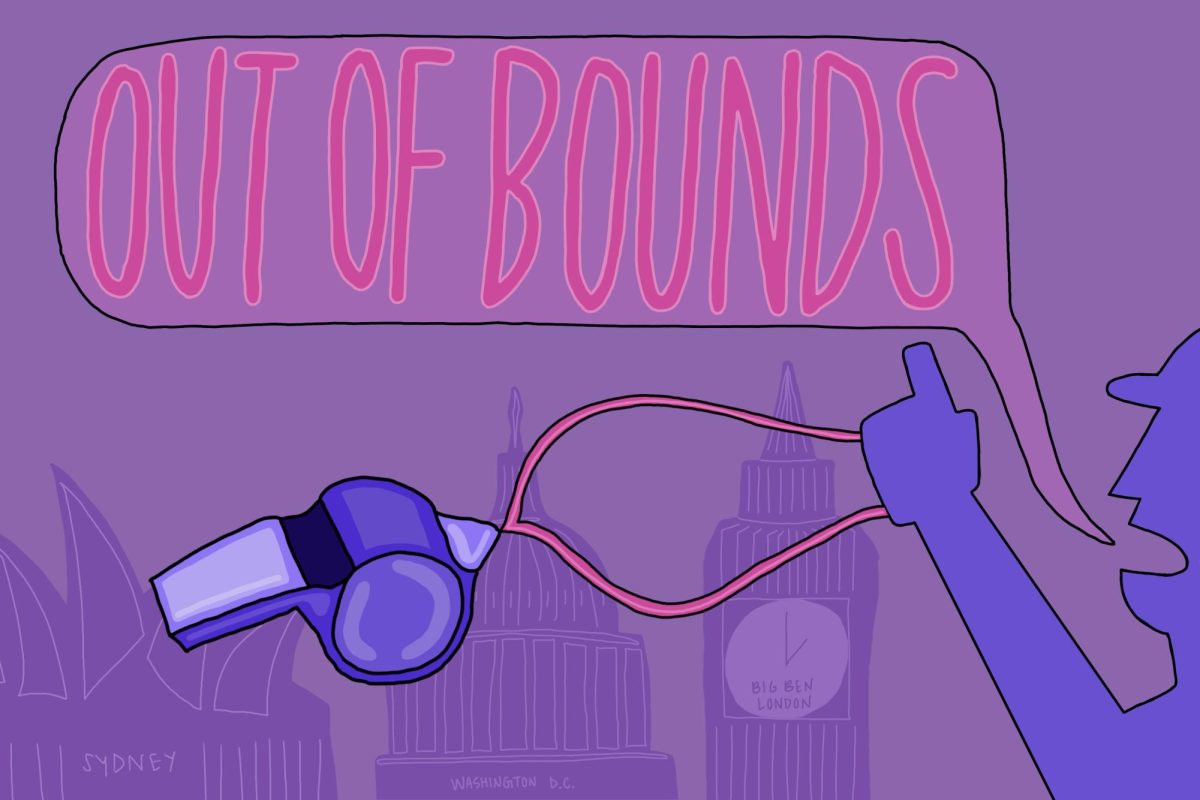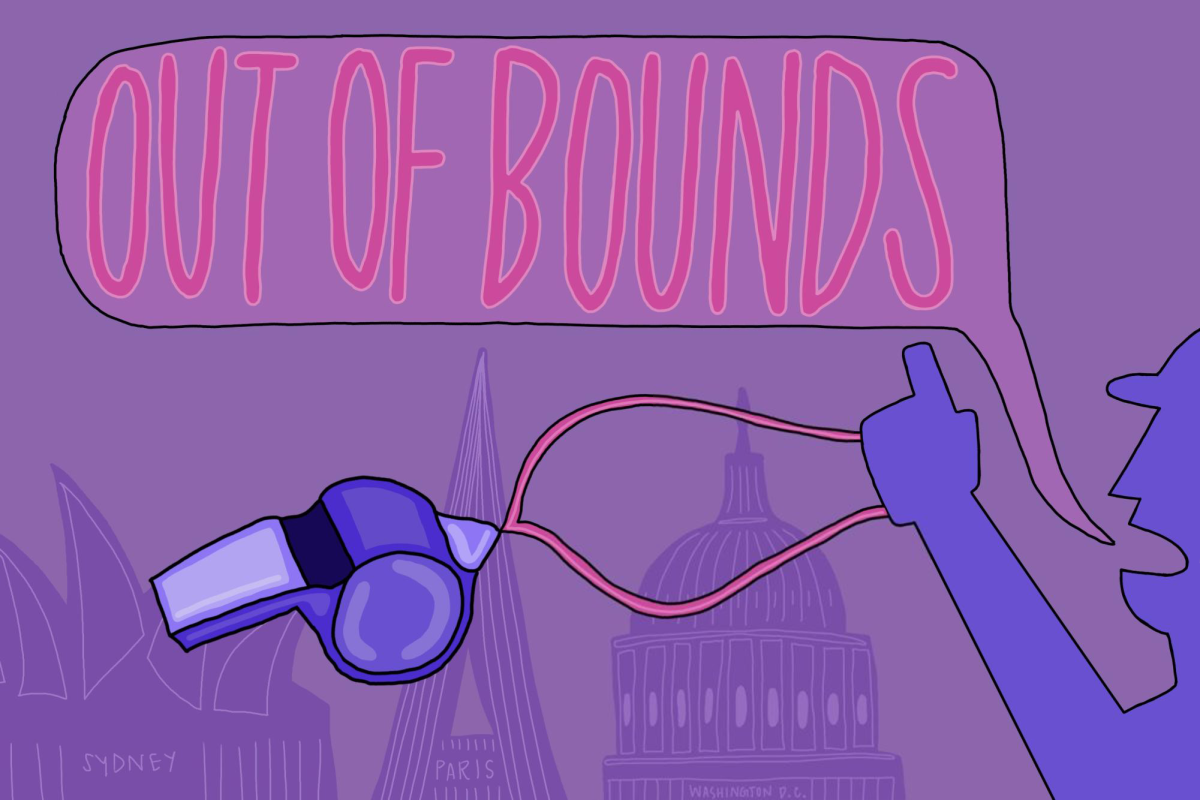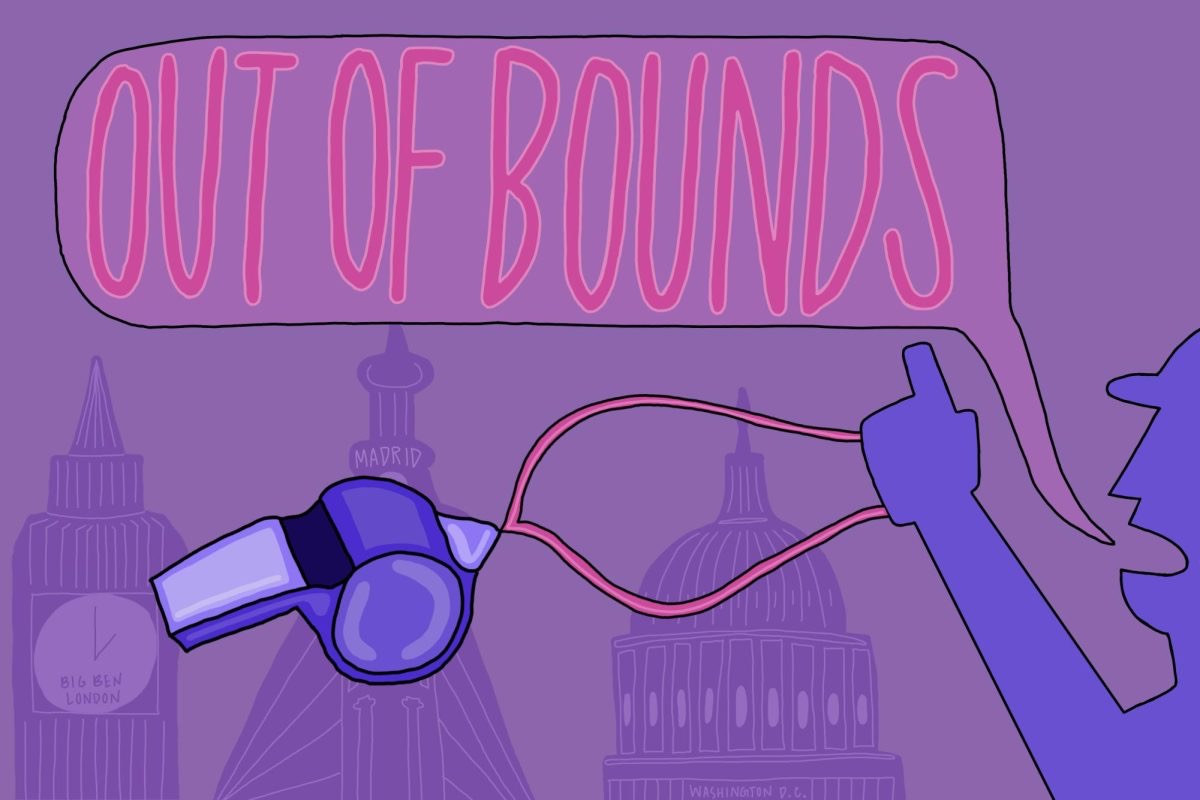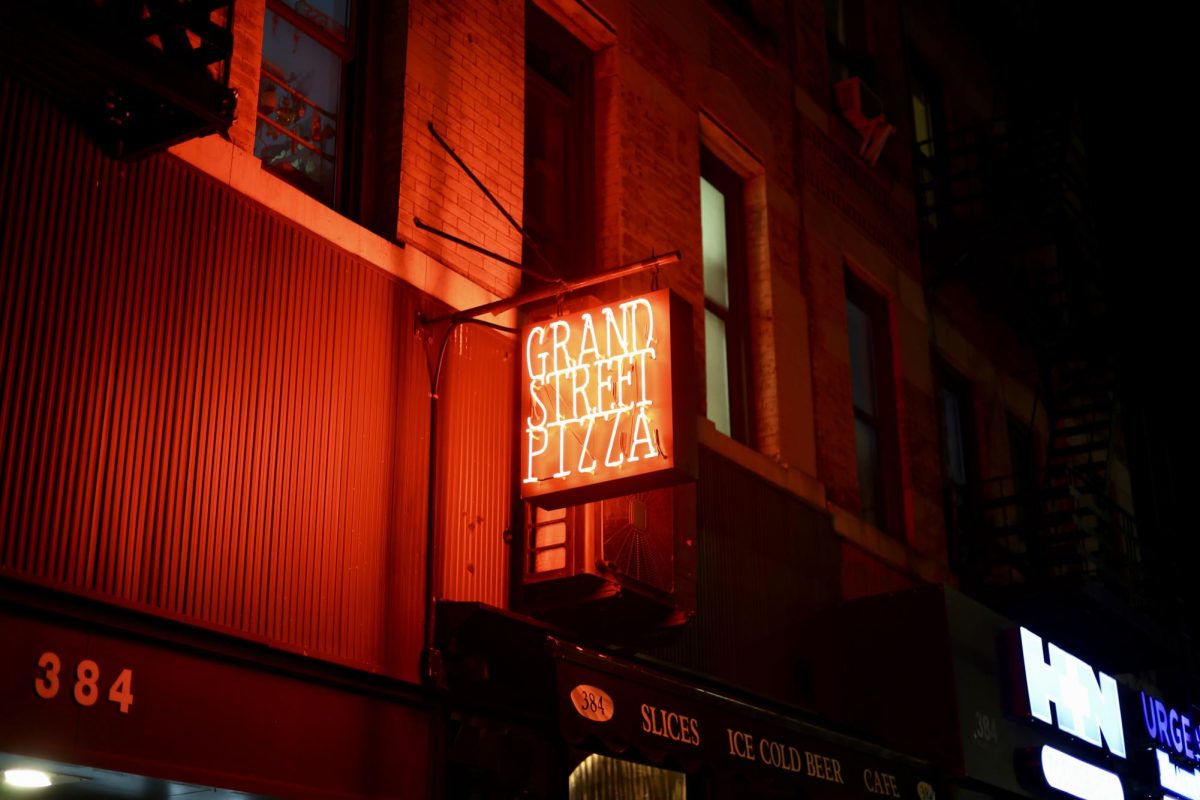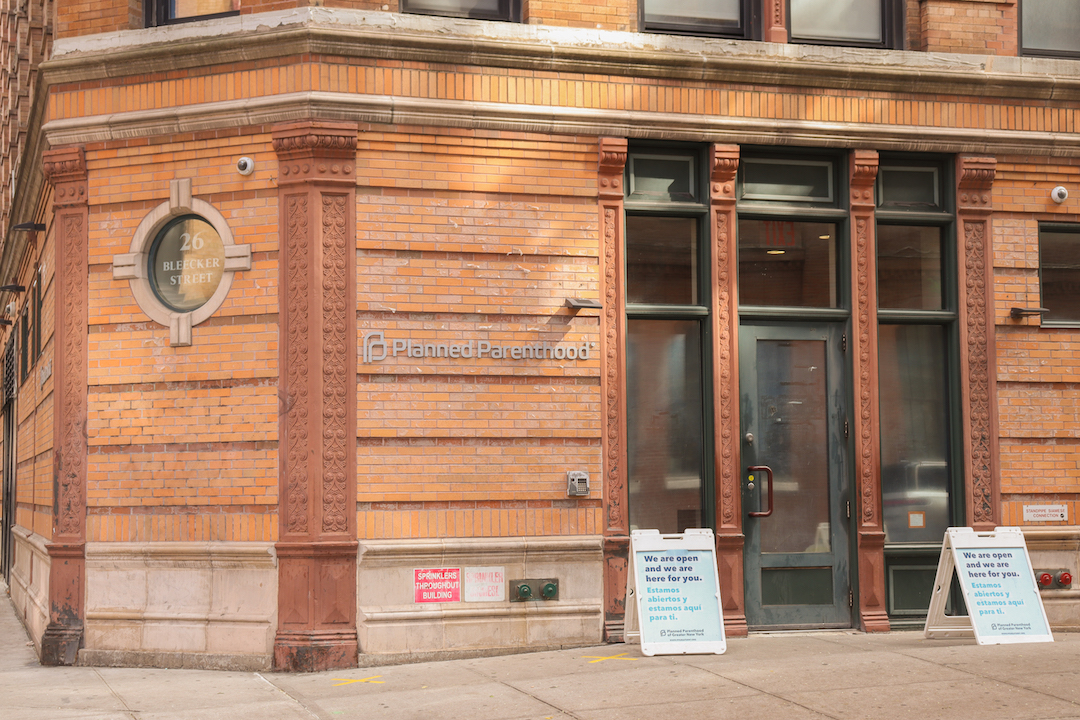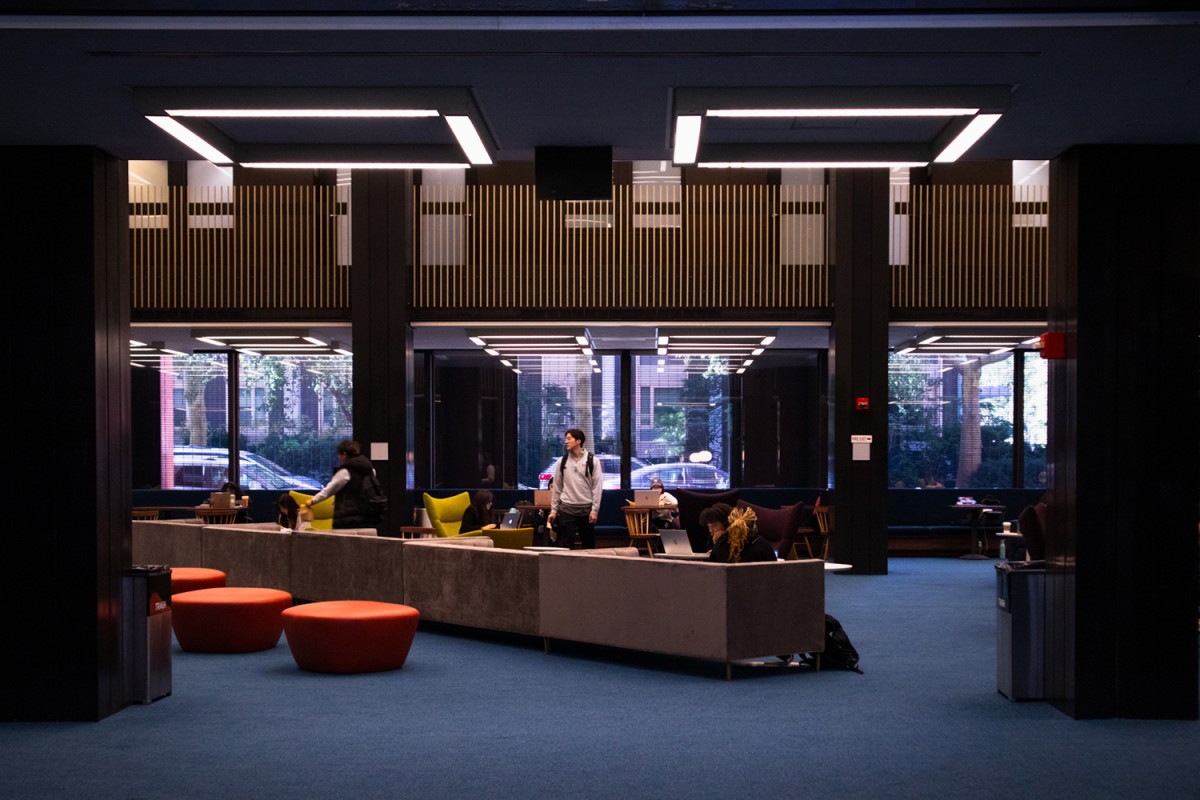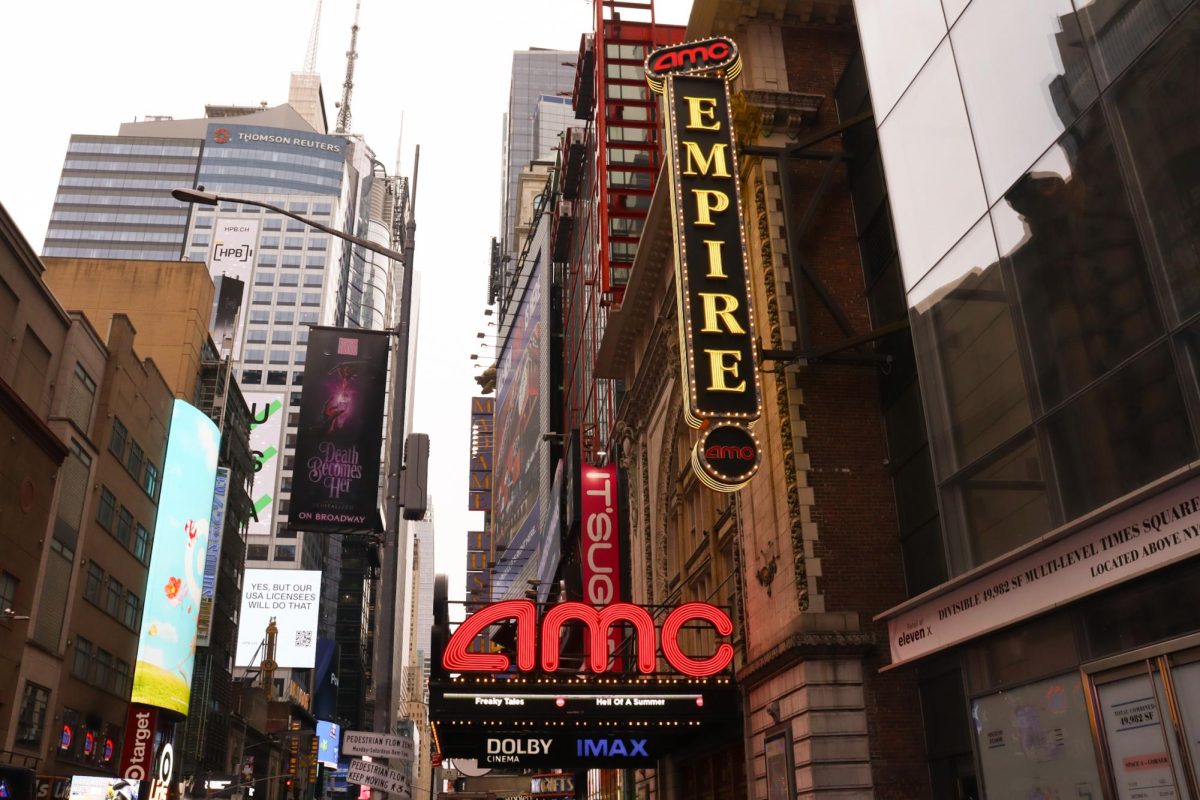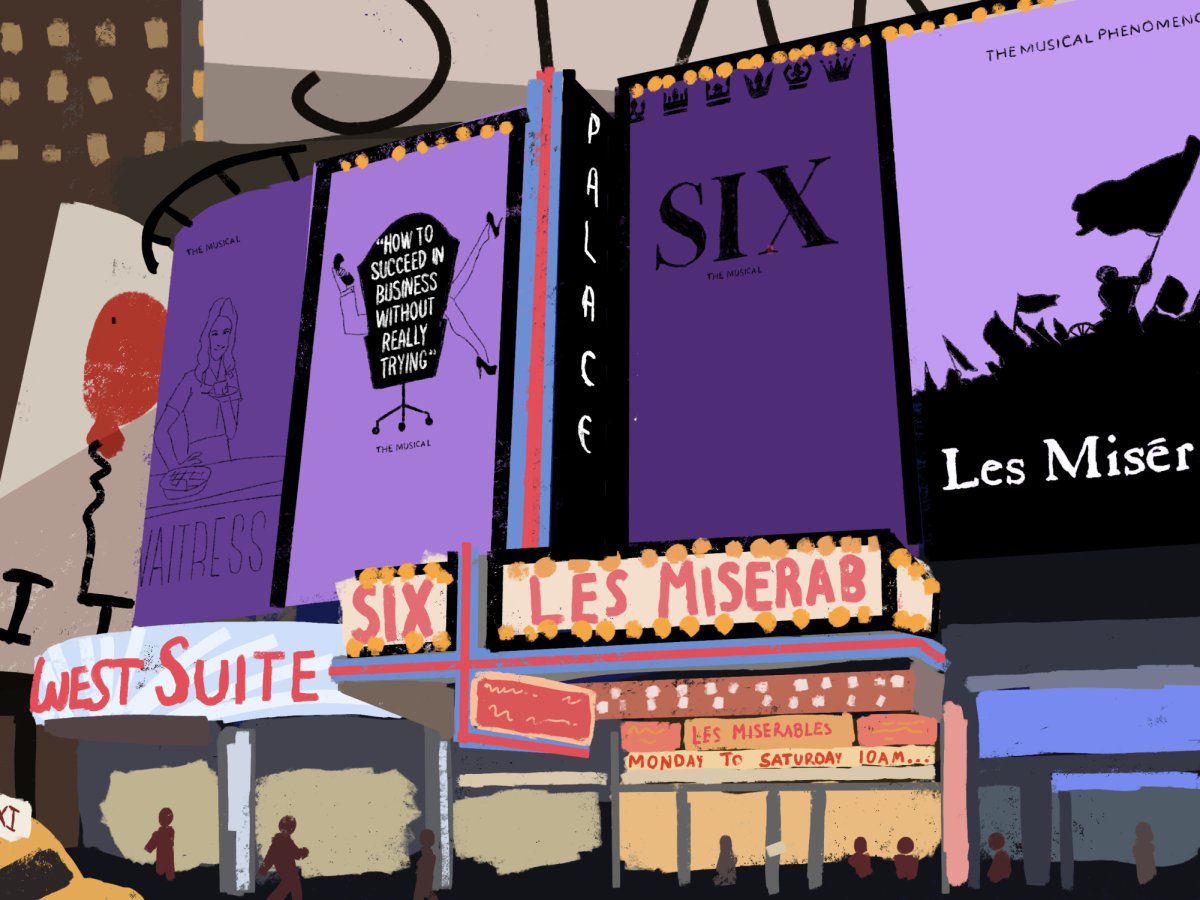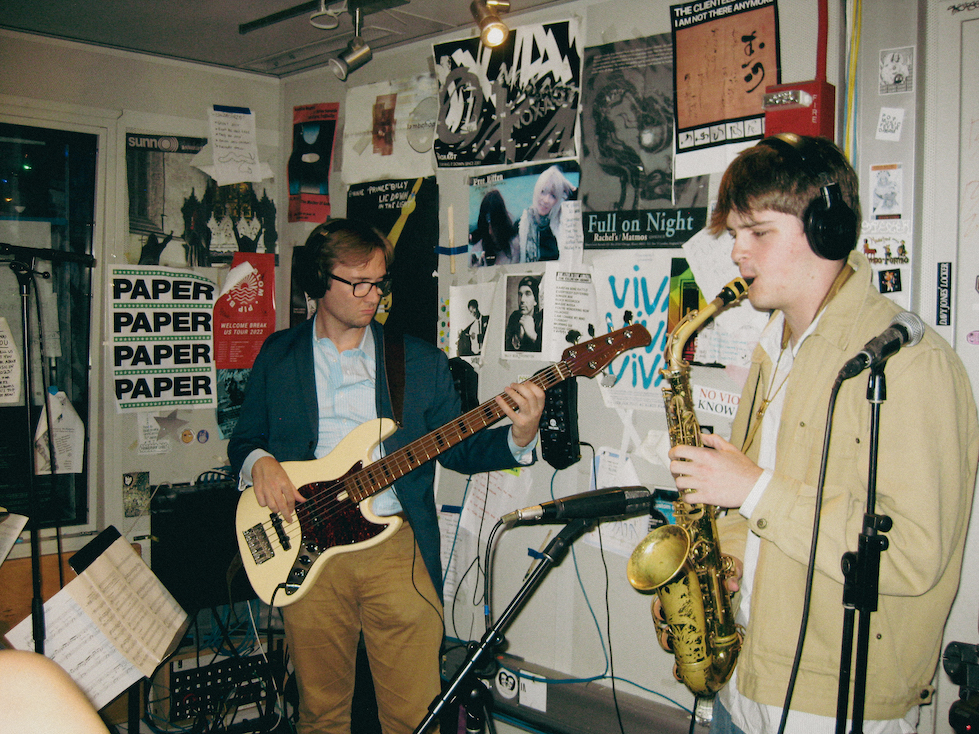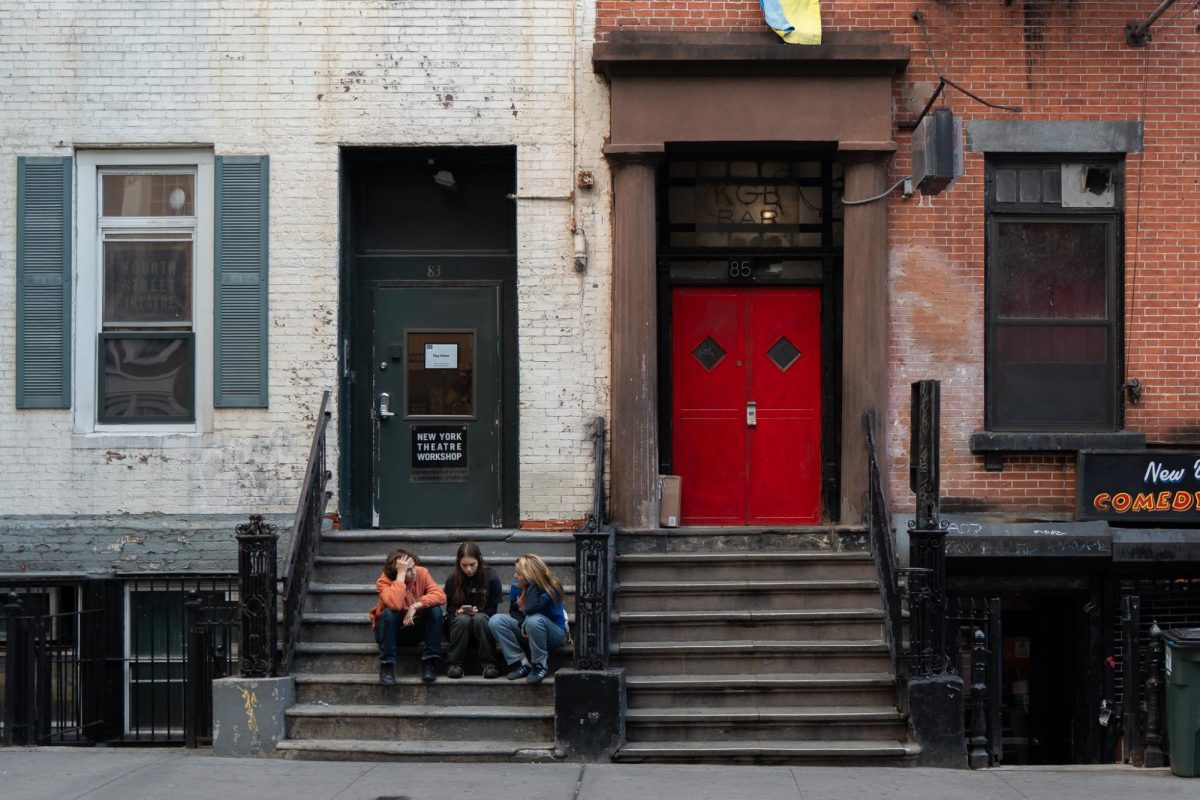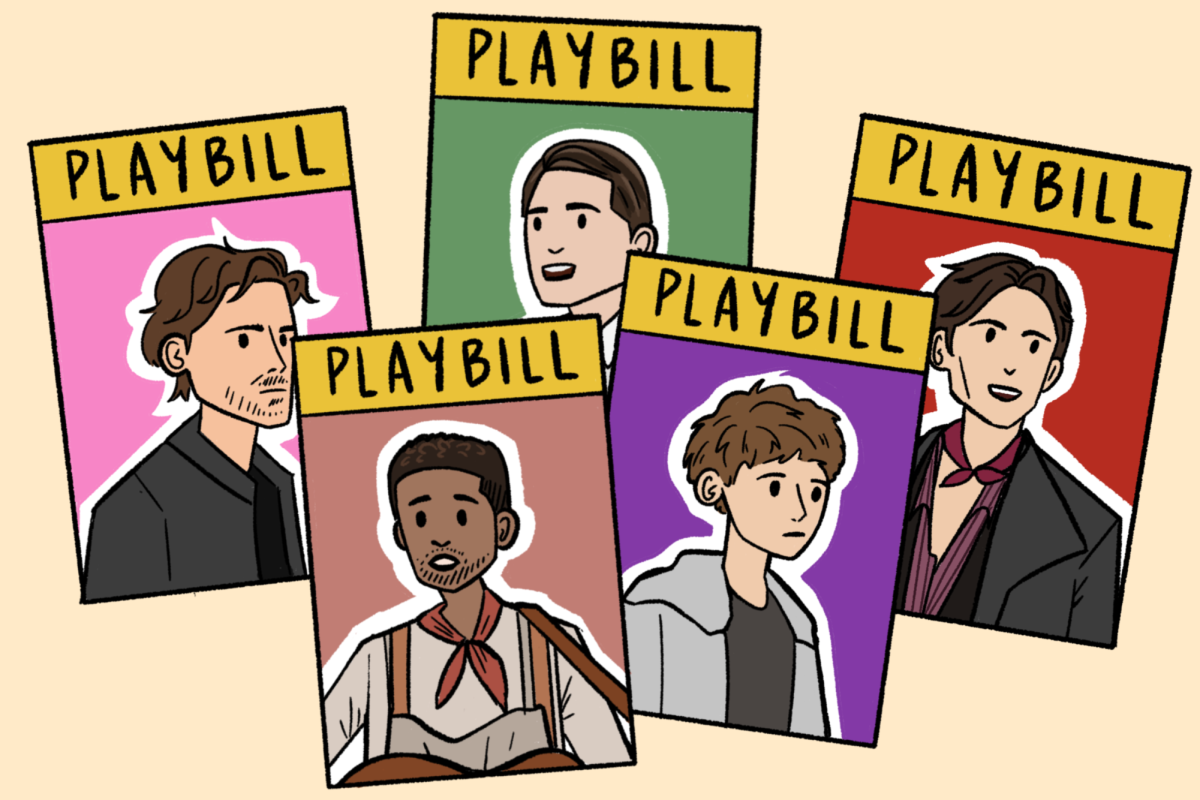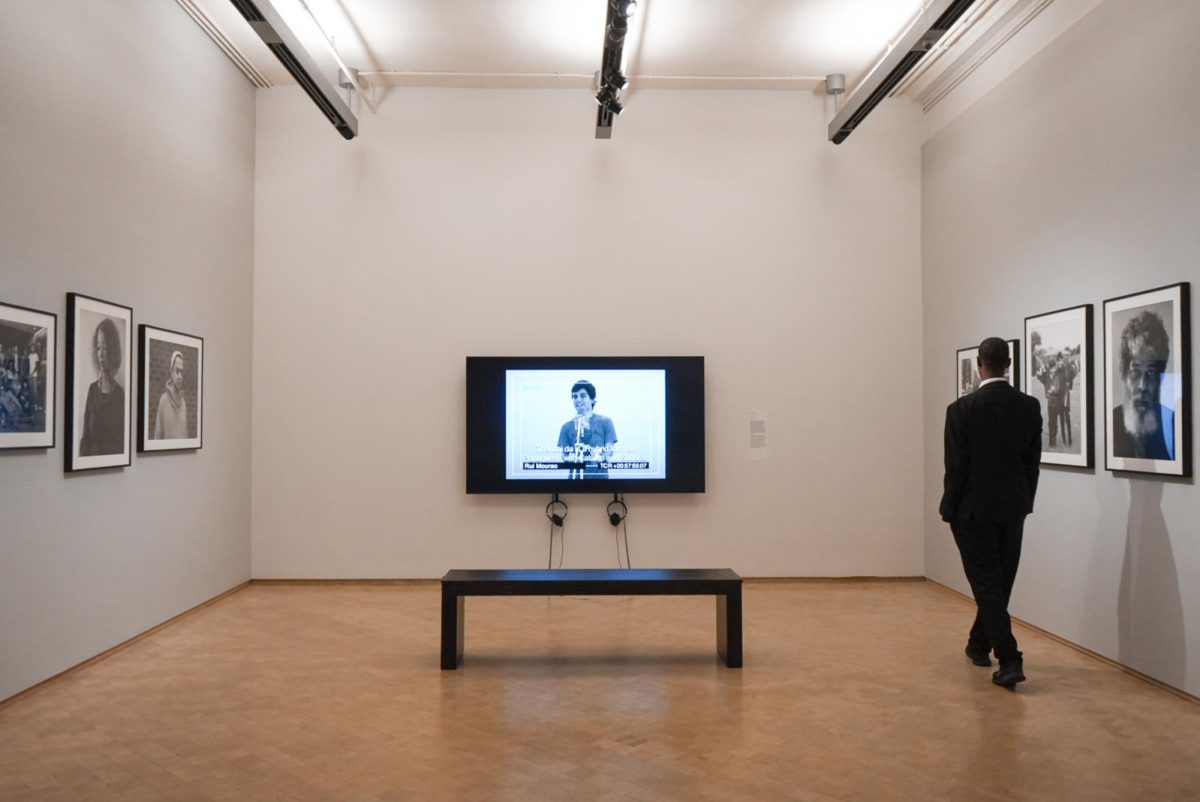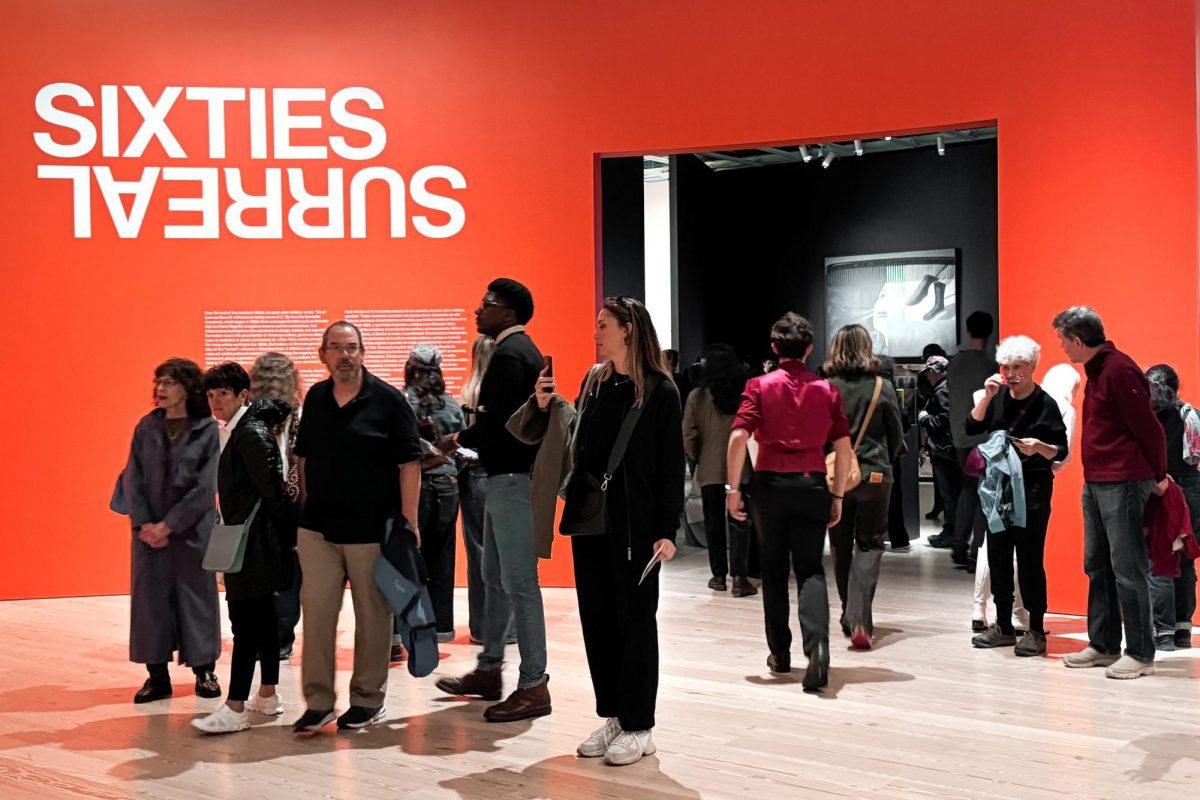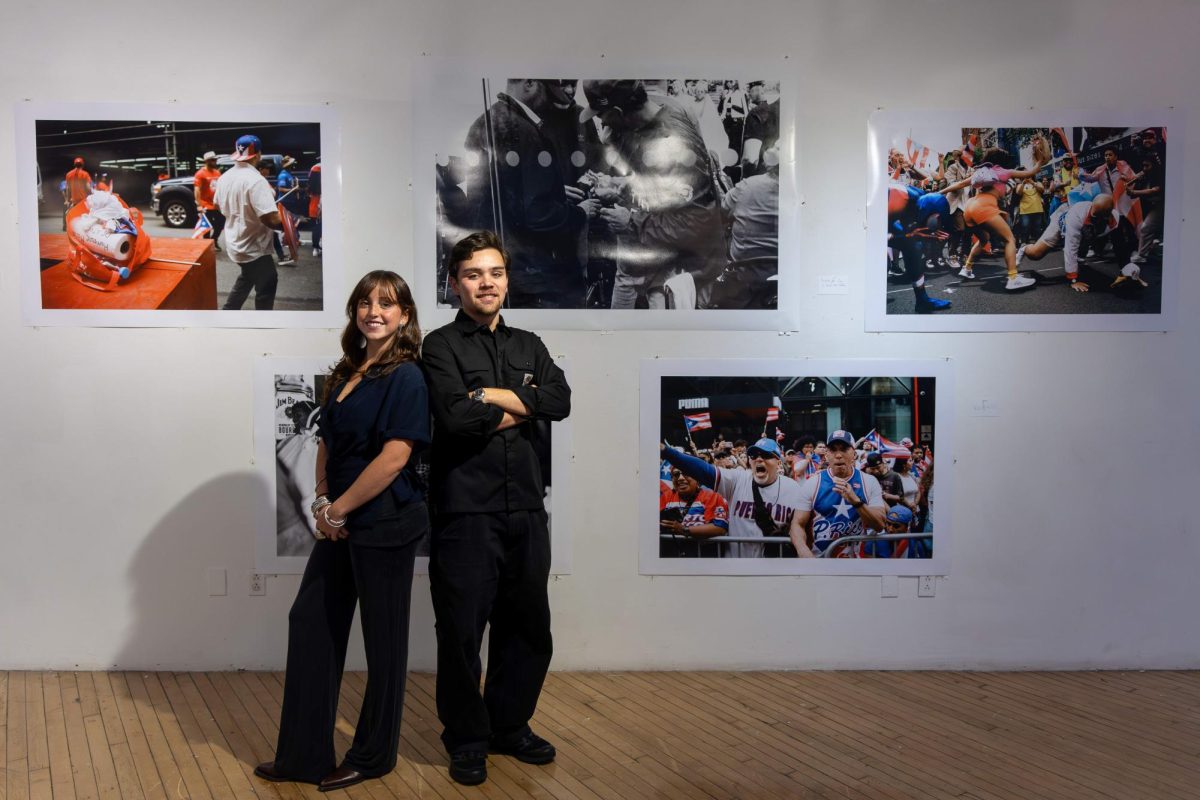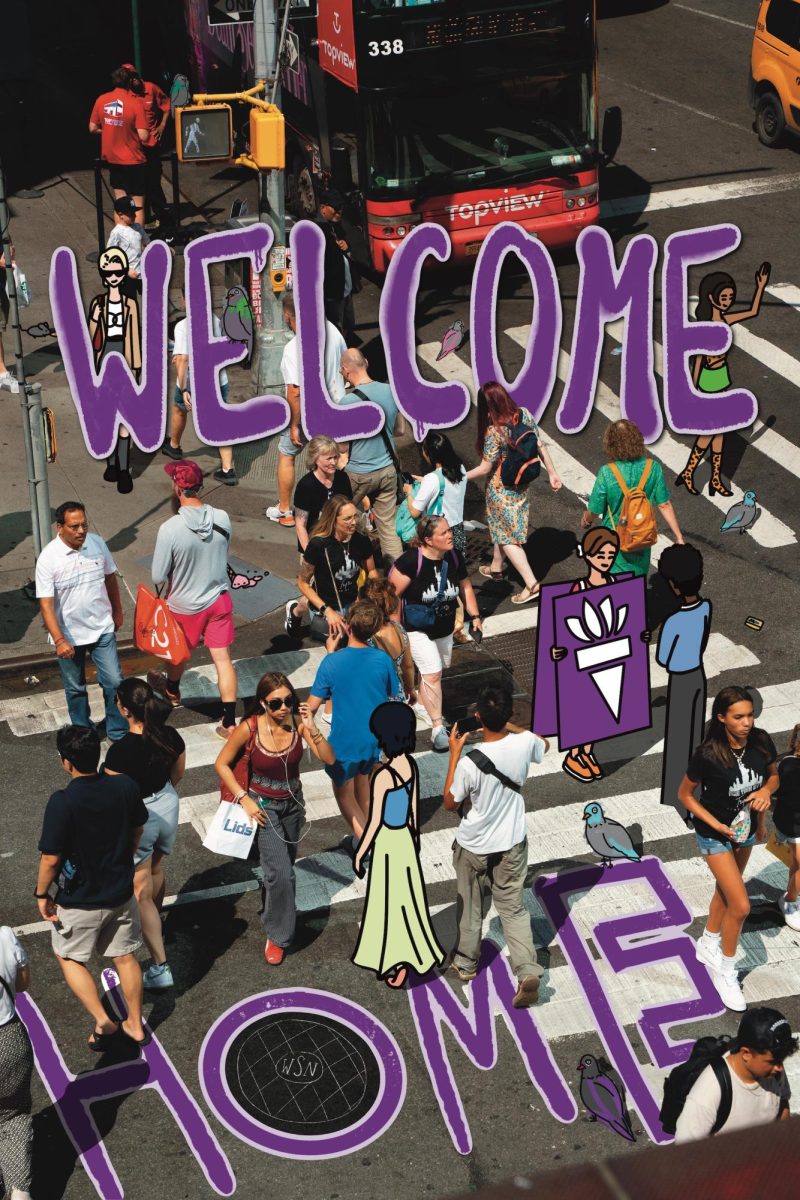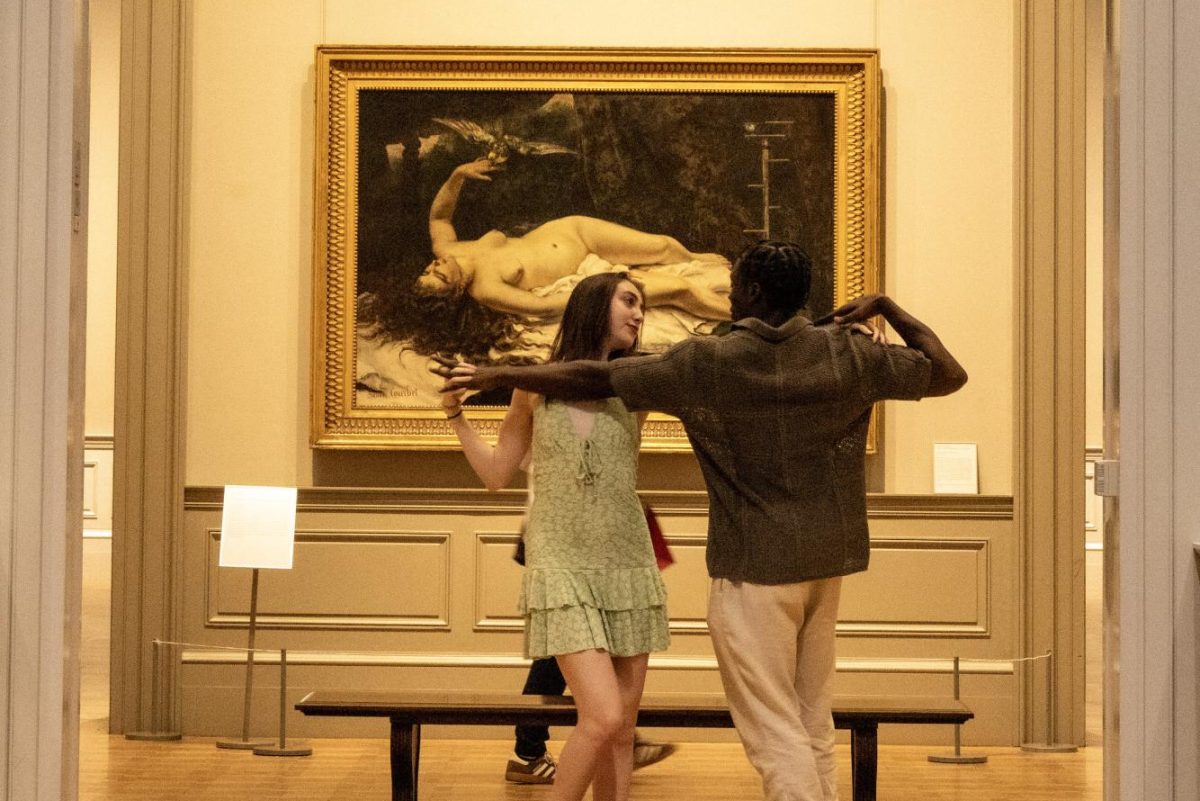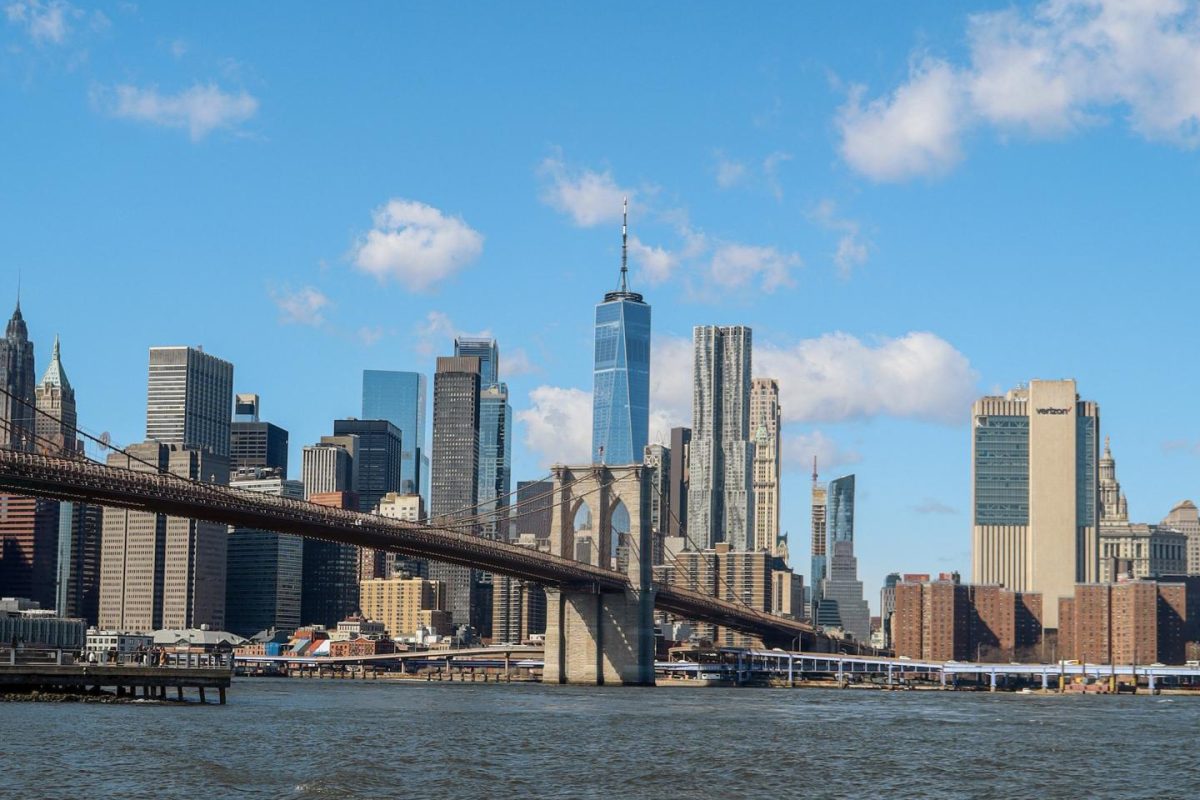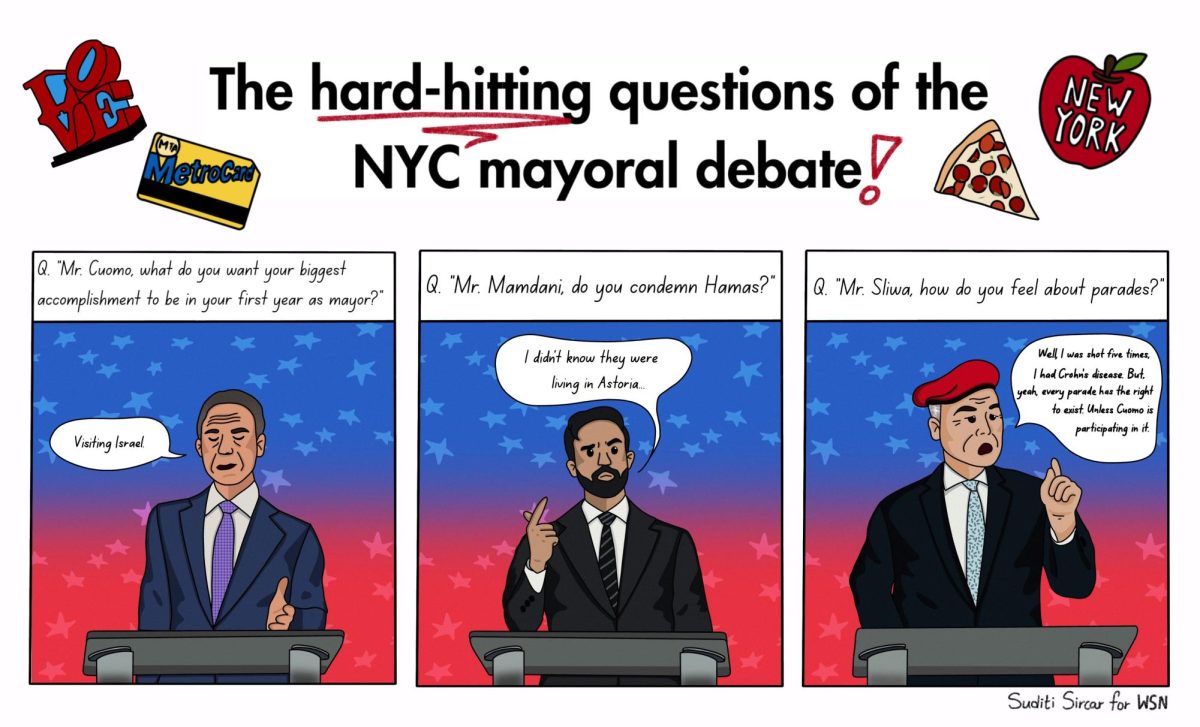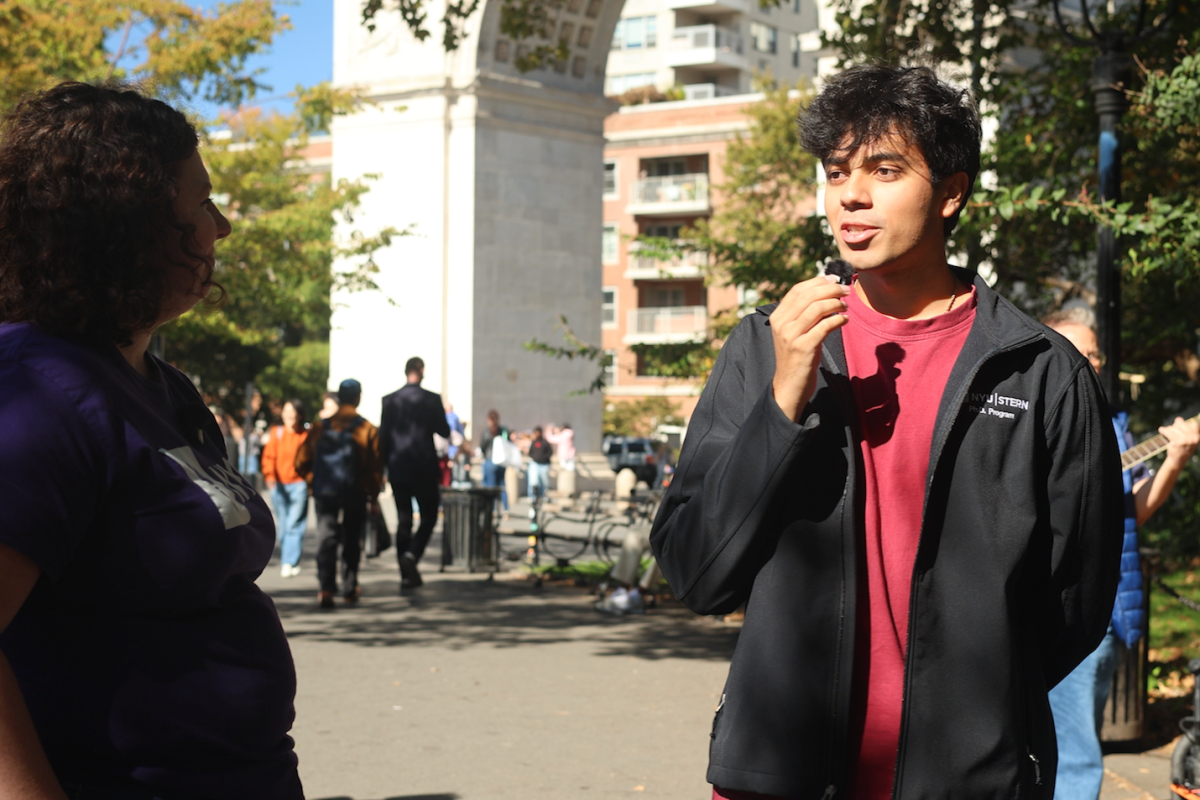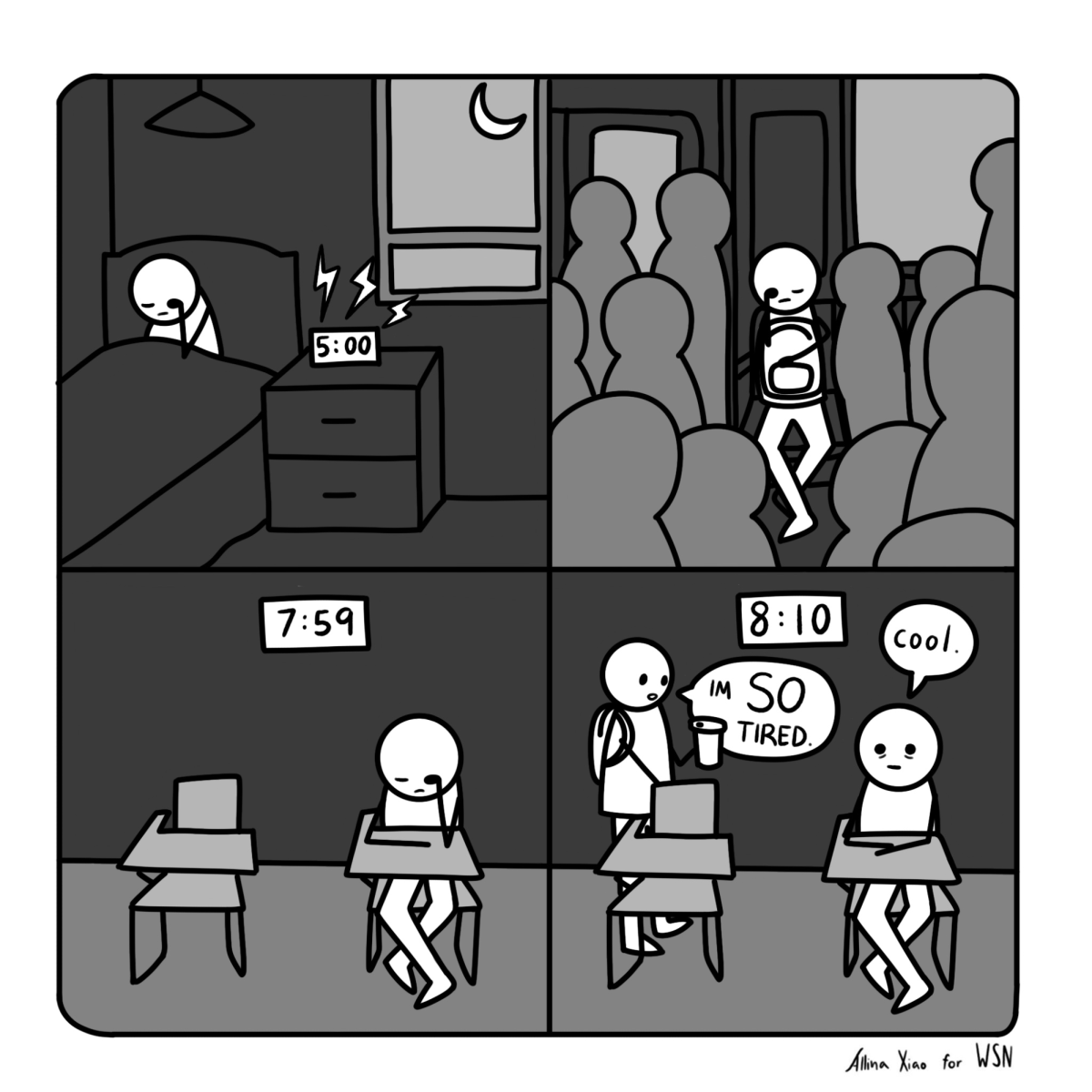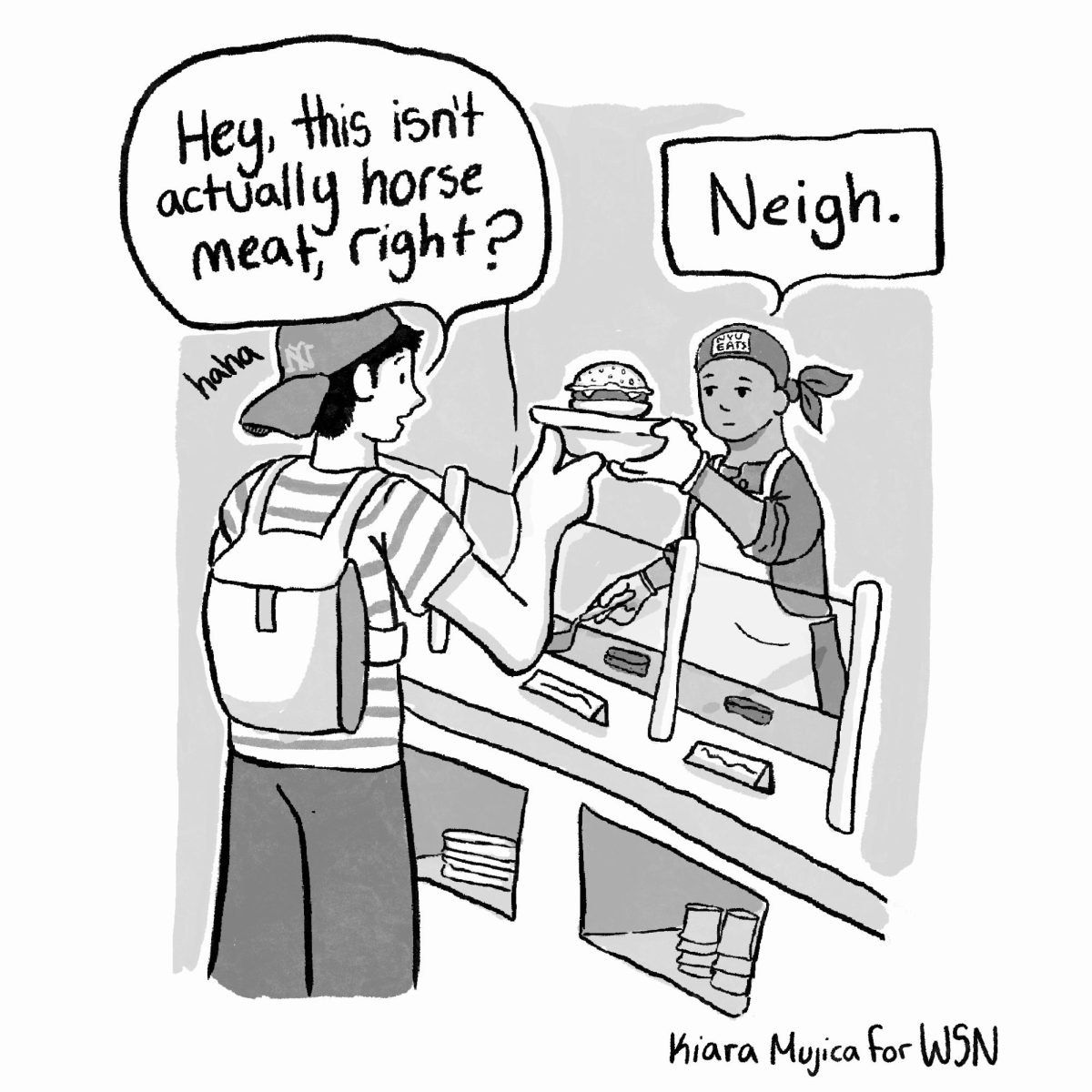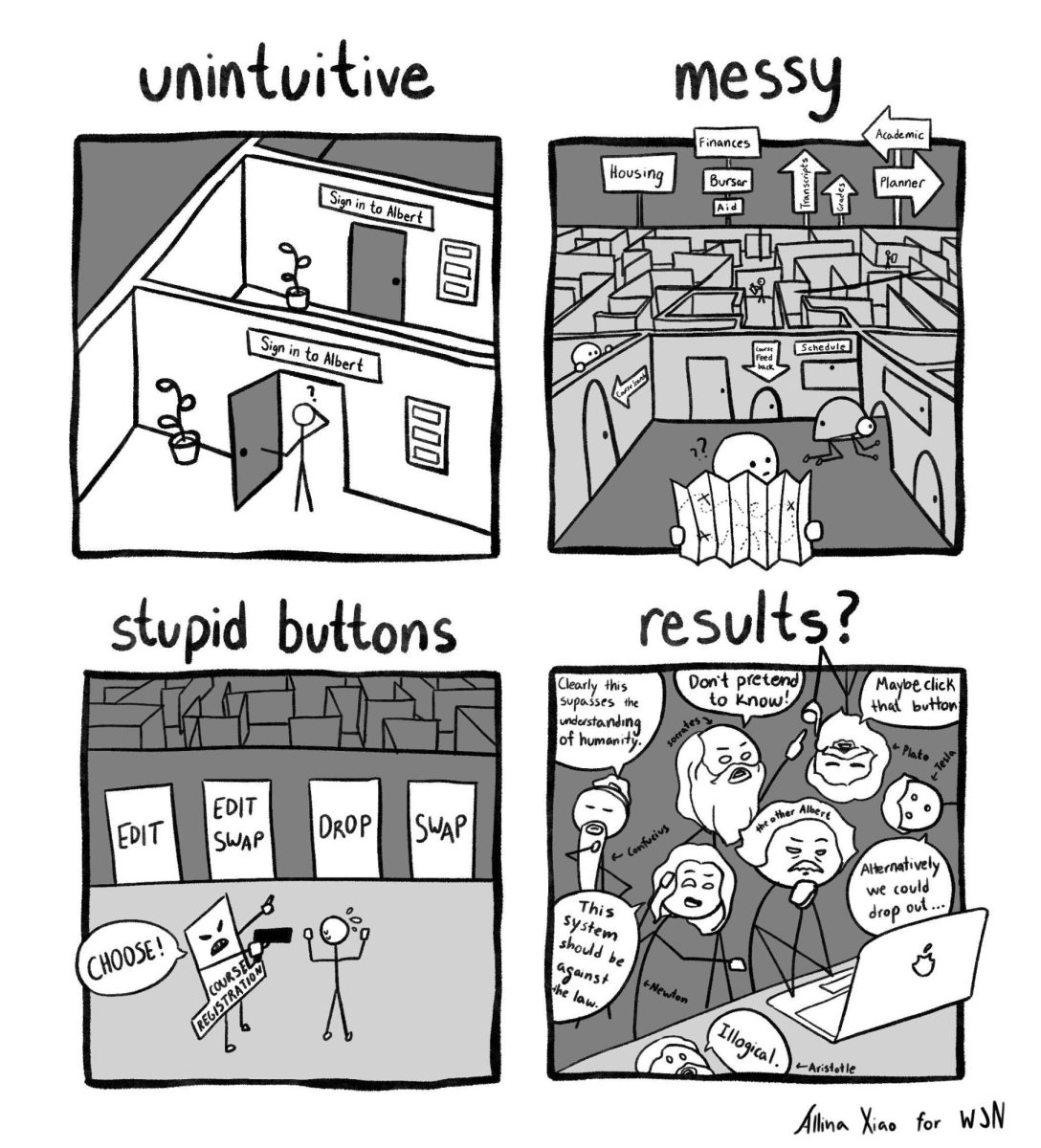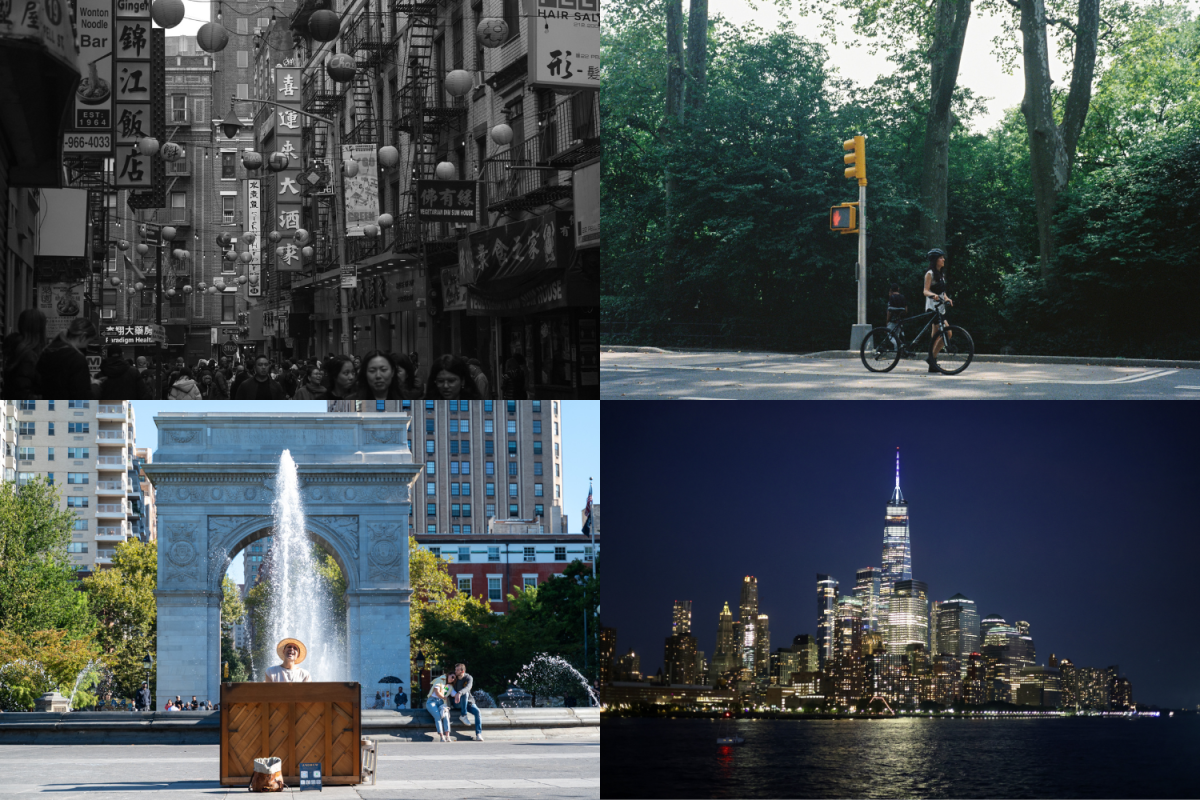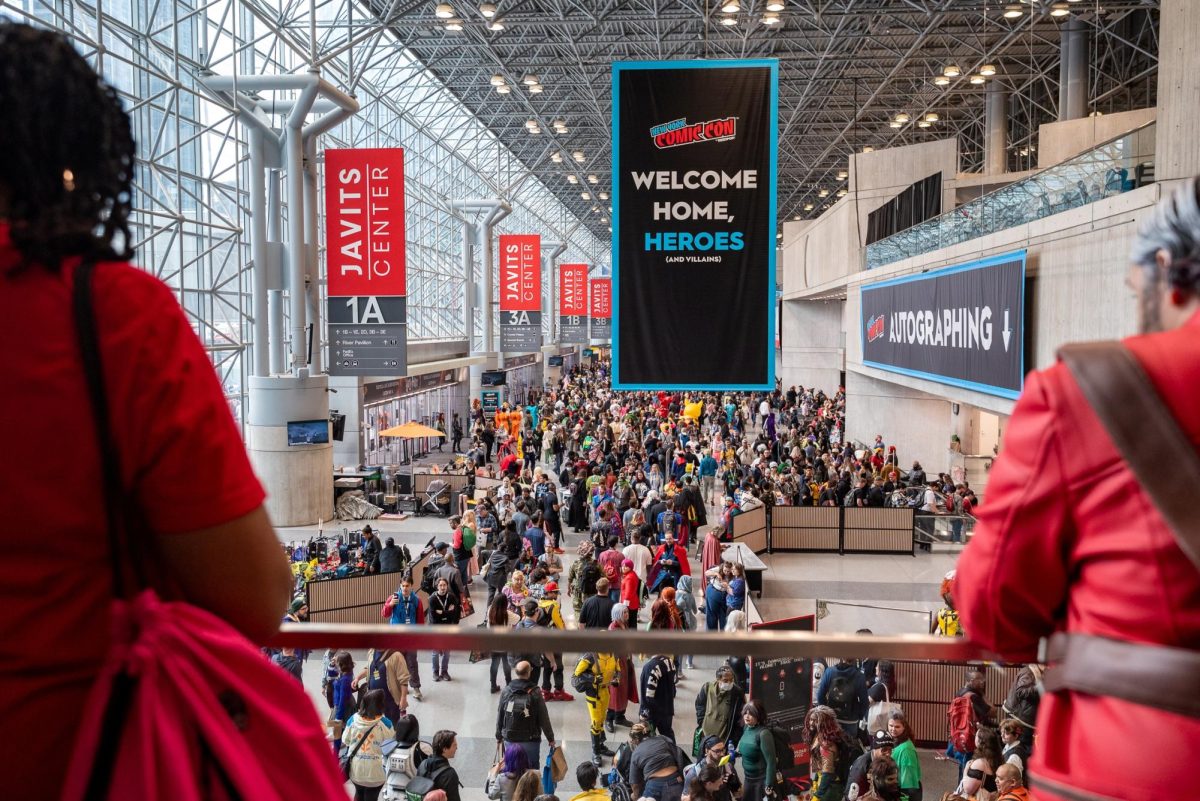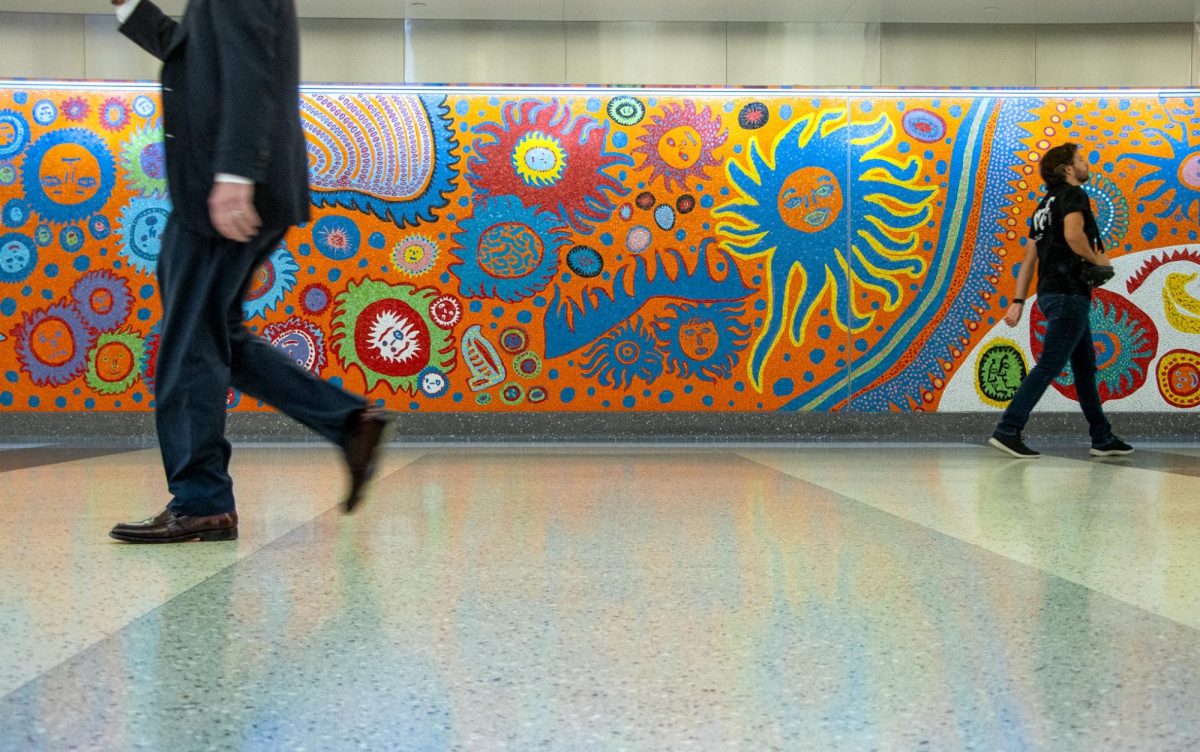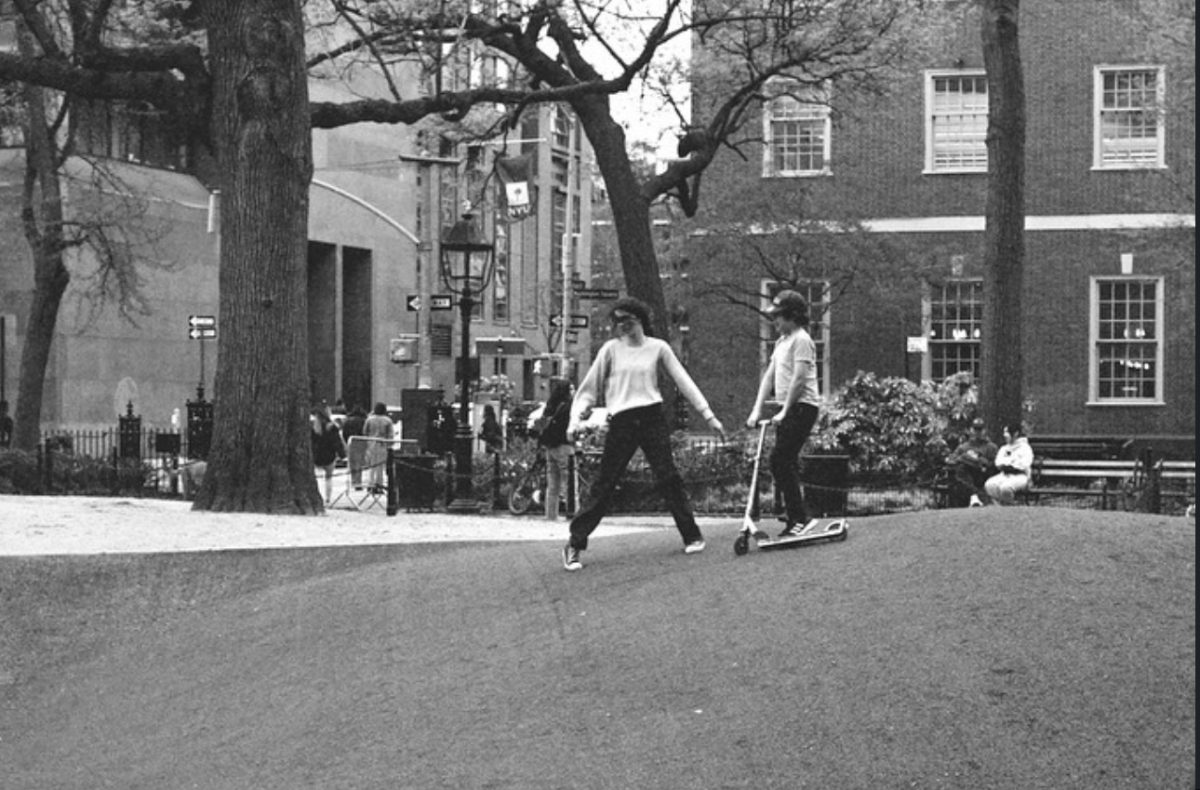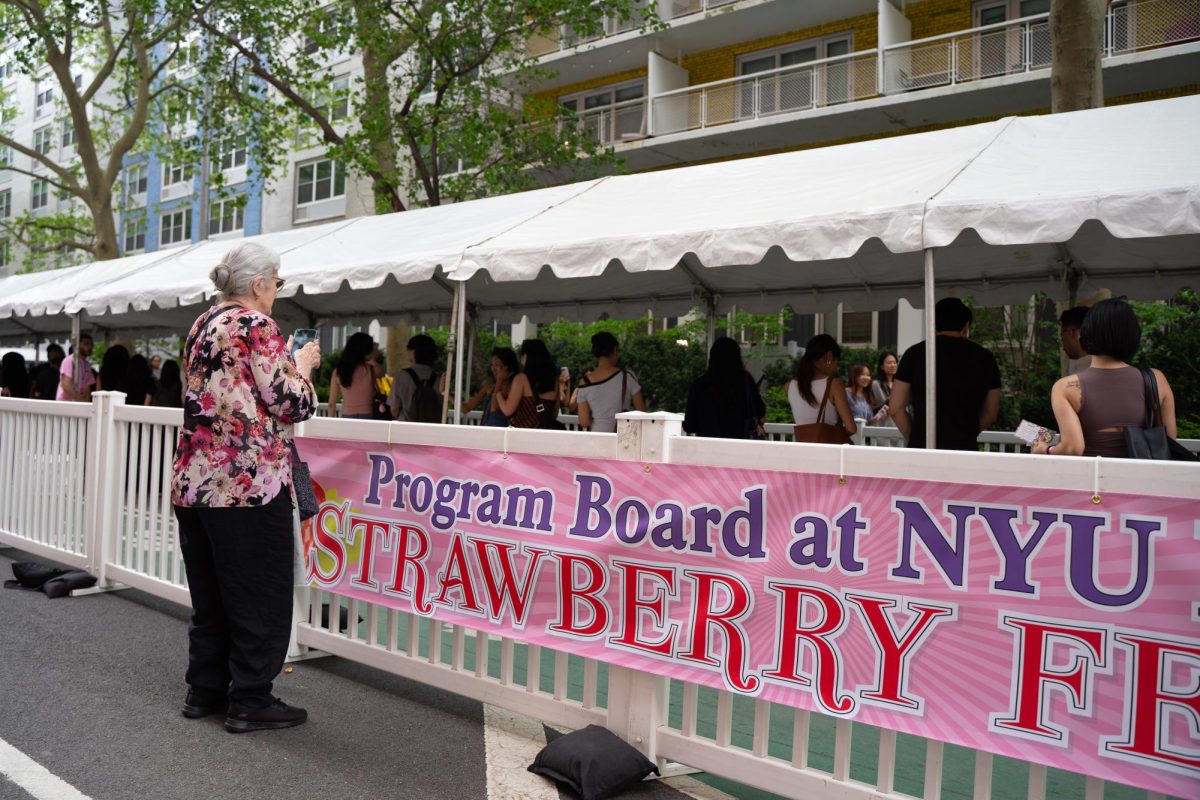Trains, planes and buses: Find the perfect way home
Under the Arch
Trains, planes and buses: Find the perfect way home
Explore different affordable and efficient ways to get home, wherever in the world you’re going.
Shreeya Goyal, Contributing Writer | October 6, 2025
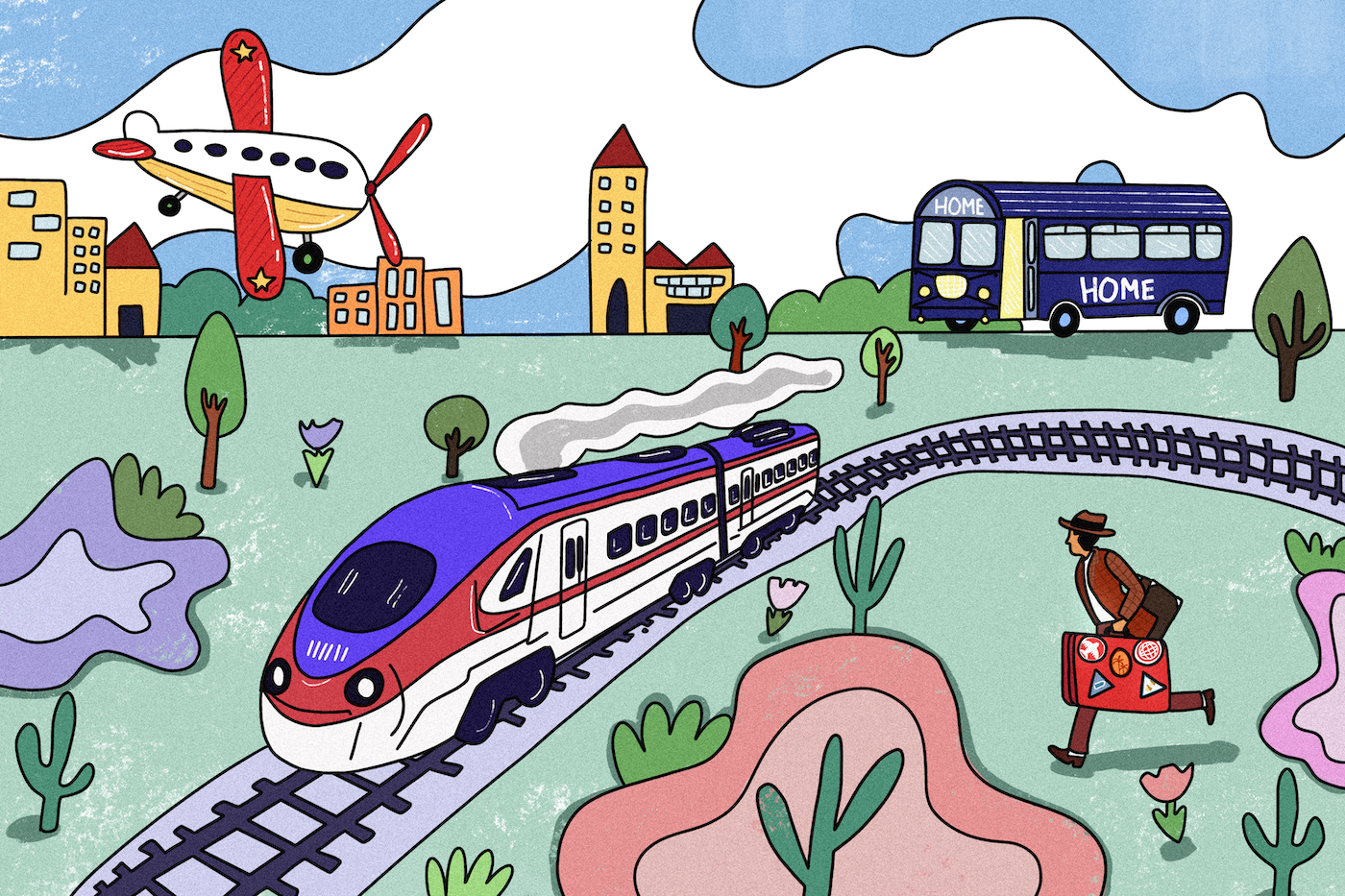
Every college student remembers leaving home for the first time and the lingering homesickness that followed. Returning home during the academic year can feel comforting, and often provides students with a much-needed escape from college life. But in the age of inflation and climbing ticket prices, many may see too many financial obstacles to justify a trip home. Whether you’re looking to plan a trip for Thanksgiving, winter break or even just a quick weekend visit, here’s a breakdown of the most cost-effective and time-efficient travel options, regardless of where you’re headed.
Trains
Though it often comes at the cost of a higher ticket, taking the train saves students significant travel time and comes with the perk of more personal space. By avoiding frequent stops and traffic jams, trains provide travelers with a more efficient, predictable journey than the road. However, for students traveling to smaller towns or rural areas, train services may be infrequent or nonexistent.
Amtrak provides the lowest train prices, particularly through its Night Owl fares for early morning and late night journeys. Train tickets are cheaper the further in advance they are booked, and for travel during off-peak times.
For students traveling to the Washington, D.C. area, Amtrak offers a three-and-a-half-hour train ride to Union Station with prices as low as $25 for Night Owl fares and as high as $250 around busy weekends. Amtrak offers more expensive services to Portland, Maine with a travel time of around eight hours and to Madison, Wisconsin with a travel time of at least 25-hours. Students from the West Coast can also take Amtrak to Seattle, Washington and Los Angeles, California.
Depending on the train, Amtrak offers further customizability to your travel experience, allowing riders to pick between coach, business class and private rooms — and decide whether to save or splurge.
Students from nearby areas also have several alternative opportunities for more affordable rides home. Amtrak provides a 15% discount to students between the ages of 17 and 24. NJ Transit offers a 25% discount for college students in the New Jersey, New York and Pennsylvania areas, however, NYU is not among the list of participating schools in its University Partnership Program.
Buses
Taking the bus offers cheaper ticket prices and a wider range of destinations, even for students with niche hometowns. The Greyhound bus service in particular offers one of the largest networks of stops across the greater United States. With Greyhound, prices to local bus stations in Atlanta, Georgia and Durham, North Carolina range from $60 to $90 when booked a few weeks in advance. On direct trips, travel times range from 17 to 24 hours and 10 to 14 hours, respectively.
Buses to Newark, New Jersey are priced at less than $10 with a travel time of around half an hour, while buses to Philadelphia, Pennsylvania have a travel time of around two hours with a fare of about $20.
The wide access and affordable tickets make buses ideal when planning spontaneous trips home. These prices, however, are subject to change depending on when you purchase your ticket, so as a rule of thumb, the earlier the better. Greyhound also provides in-bus free wifi and charging ports for passengers.
On a bus, transit time often depends on the flow of traffic, and whether the trip involves a transfer along the way. Factoring in just two transfers can add nearly two hours to your travel time with little to no reduction in cost, creating a more hectic journey with minimal benefits. Opting for direct trips prevents the hassle of switching buses, navigating unfamiliar terminals or worrying about missing a connecting bus.
Planes
For all modes of transportation, but especially planes, it’s important to consider the amount of time in transit versus time spent at home. Since NYU’s fall break is only a single day, Oct. 13, and with Thanksgiving break being just two days, traveling long distances may not be worth it unless you’re willing to leave early and miss out on a class or two. It’s also important to be aware of NYU’s academic schedule changes when booking rides home.
This calculus is especially important the farther away you’re traveling. With flights to the West Coast and Europe being as long as six hours, and Asia easily reaching the double digits, you may very well be paying hundreds of dollars to spend more time on a plane than at your actual destination. Even still, these numbers don’t account for potential layovers and delays, obstacles which could easily set a trip back by another couple of hours.
When it comes to minimizing the headaches of travel, planning out all legs of your journey can save you some gray hairs. For flyers, this process starts with knowing which airport to leave from and how to best get there.
When traveling to an airport, it is almost always more cost-effective to use public transportation rather than ride-sharing services or taxis. GO Airlink NYC is an affordable airport shuttle service that picks up passengers from any place and takes them to LaGuardia Airport, John F. Kennedy International Airport or Newark Liberty International Airport with fees of around $40. Students flying out of Newark can catch a subway to New York Penn Station, then board an NJ Transit train to Newark and finally take the AirTrain to their terminal. Including the subway fare, the NJ Transit ticket and the AirTrain fare, the total cost using public transportation comes to around $20 for the trip to Newark — a striking contrast to Uber’s prices for all three local airports, which start at $45 for LaGuardia, $80 for Newark, and $105 for JFK.
Contact Shreeya Goyal at [email protected].

Suditi Sircar is currently a junior majoring in both photography & imaging and journalism. She’s from Bangalore, India and loves living in New York...

